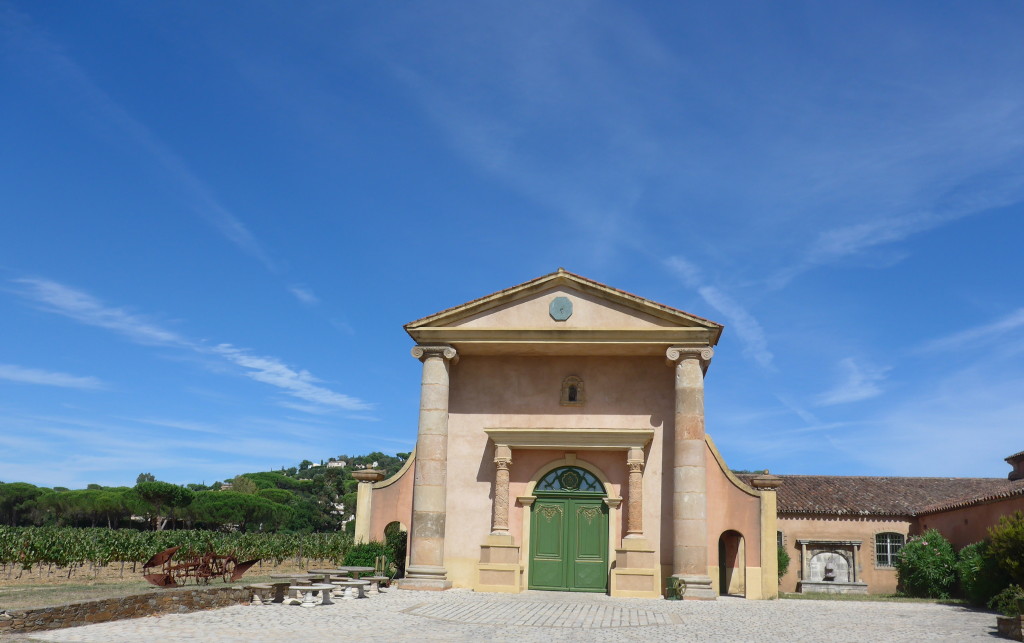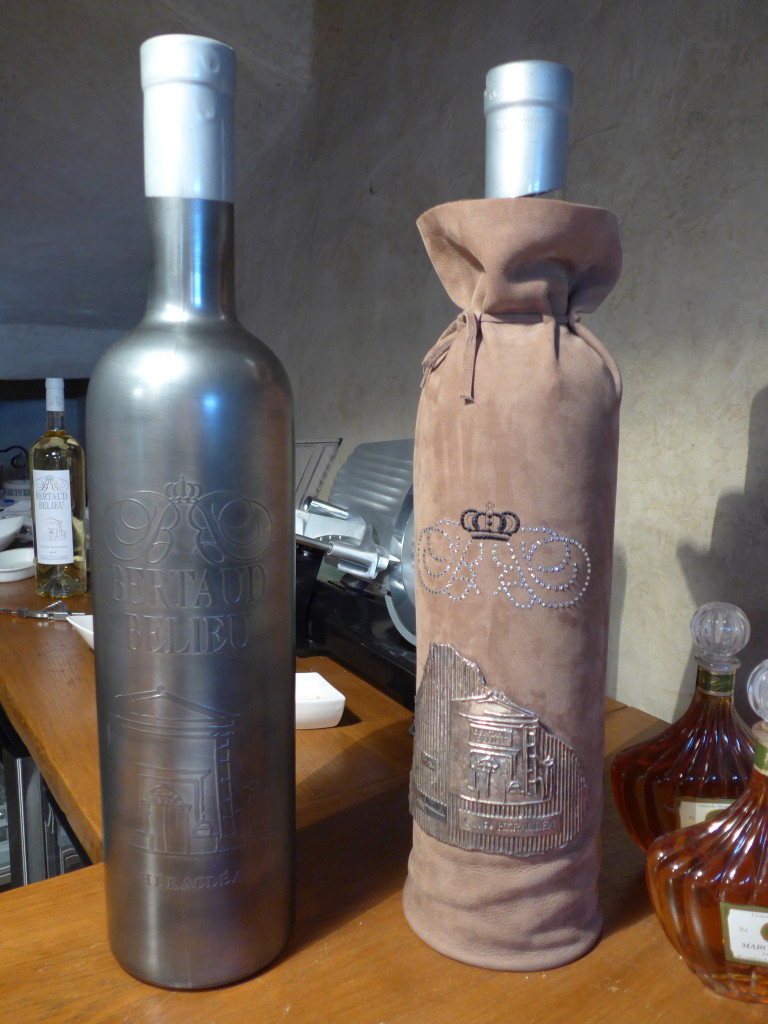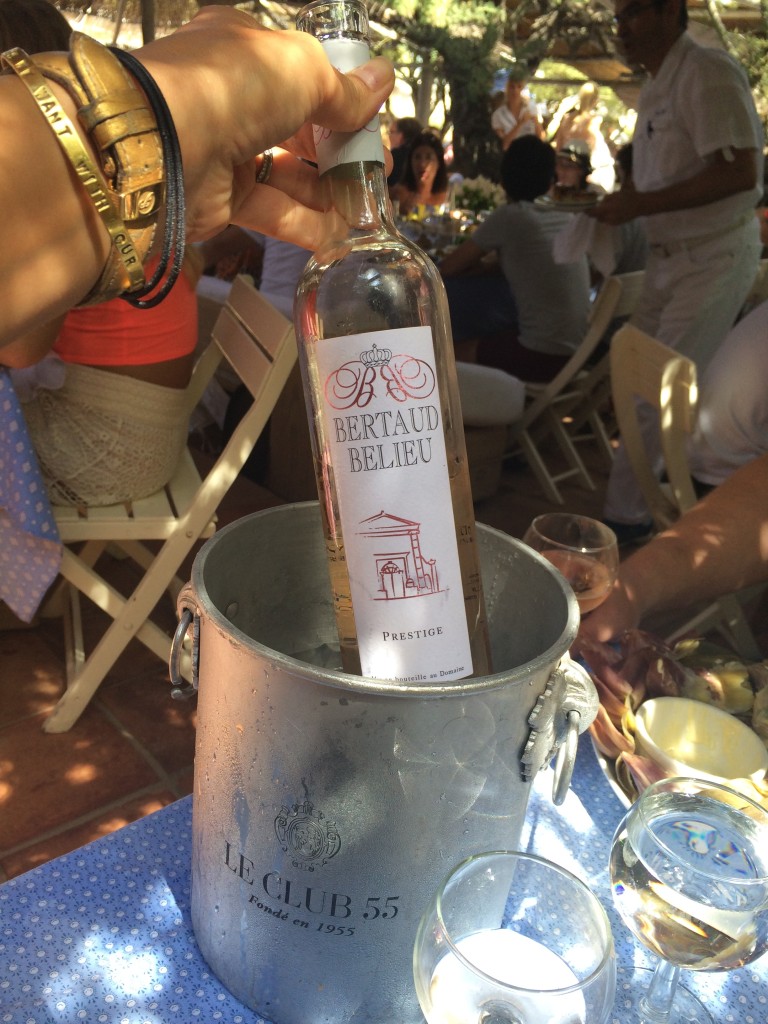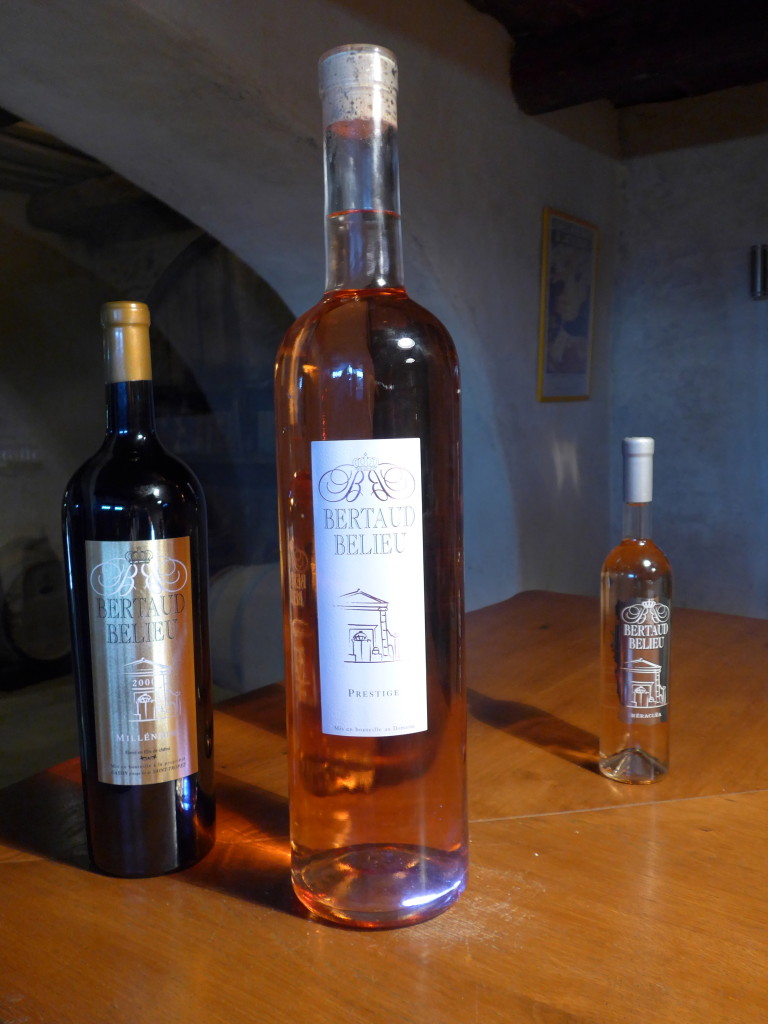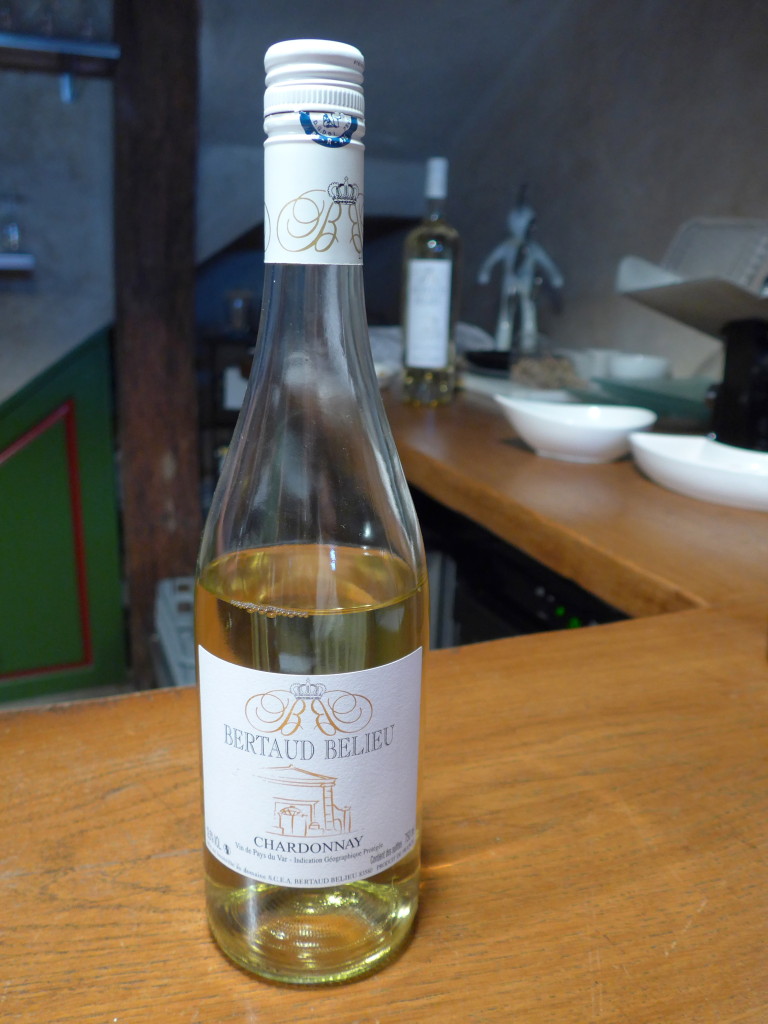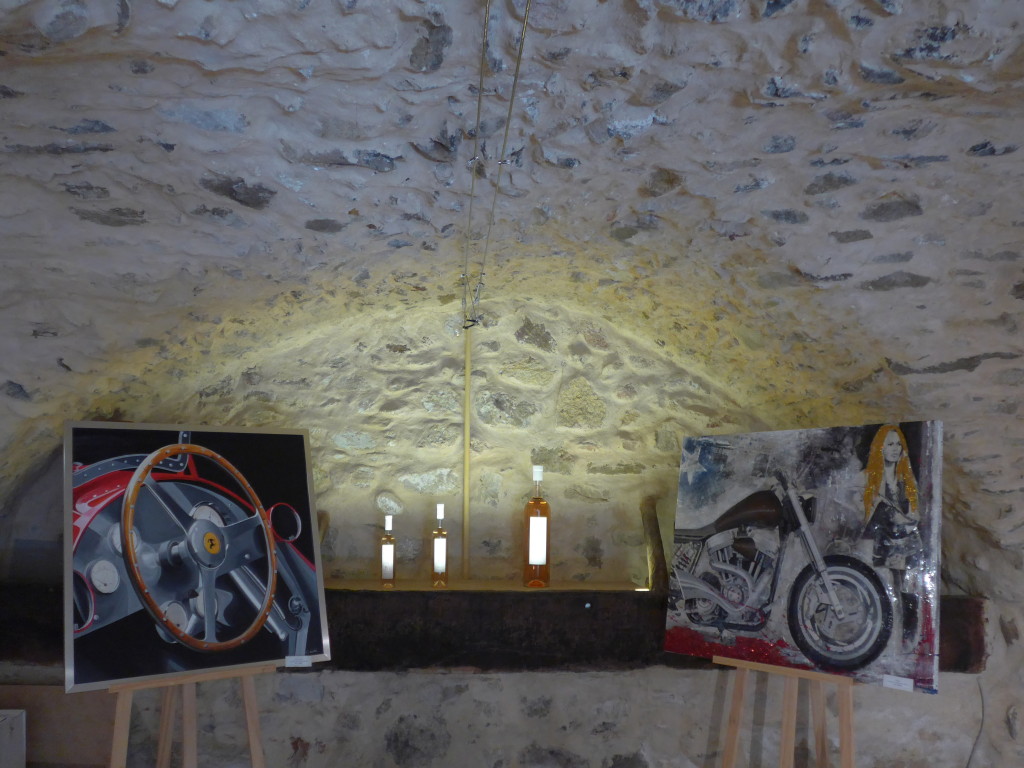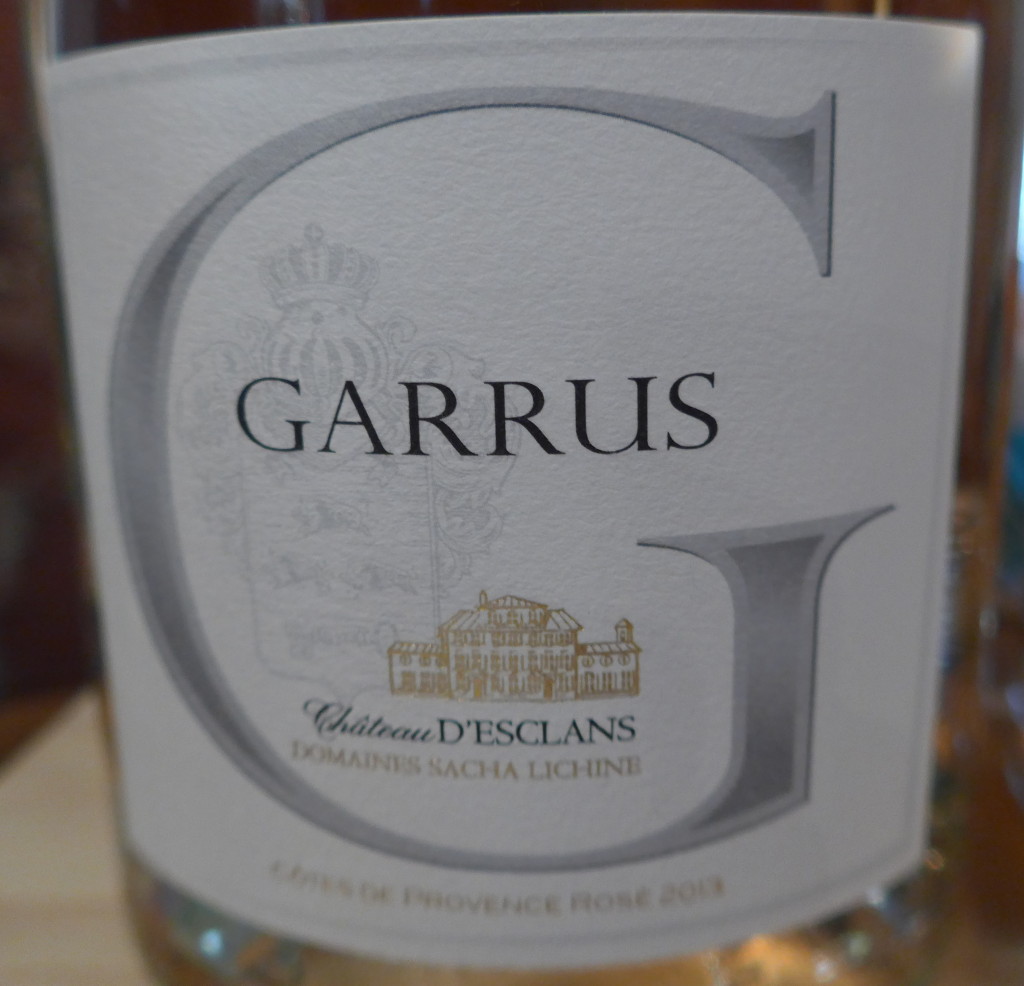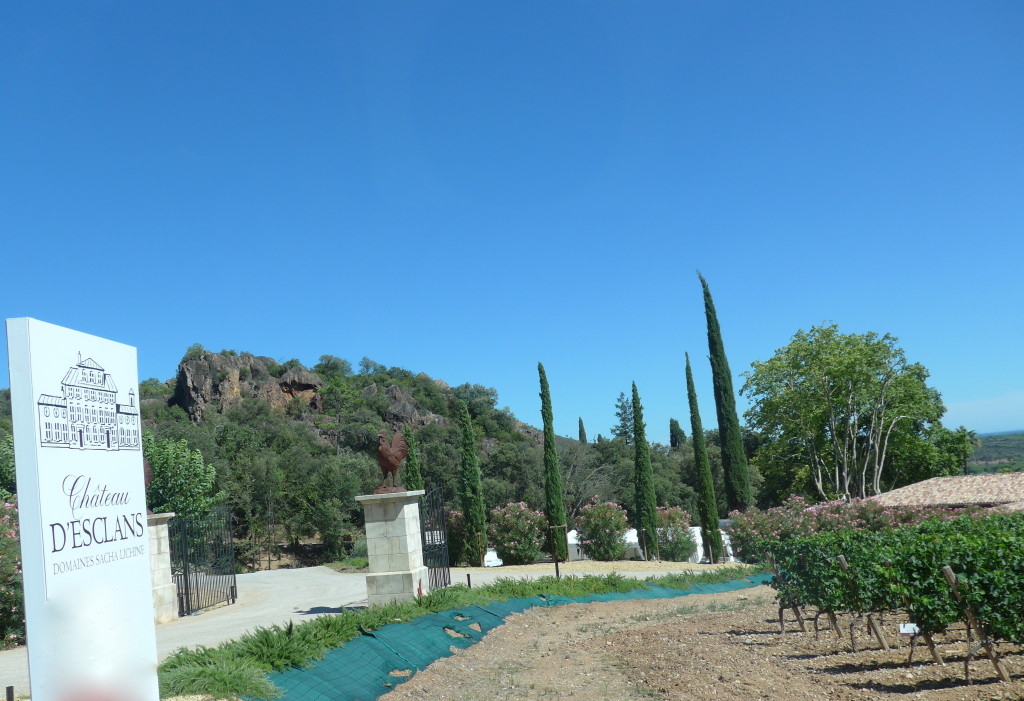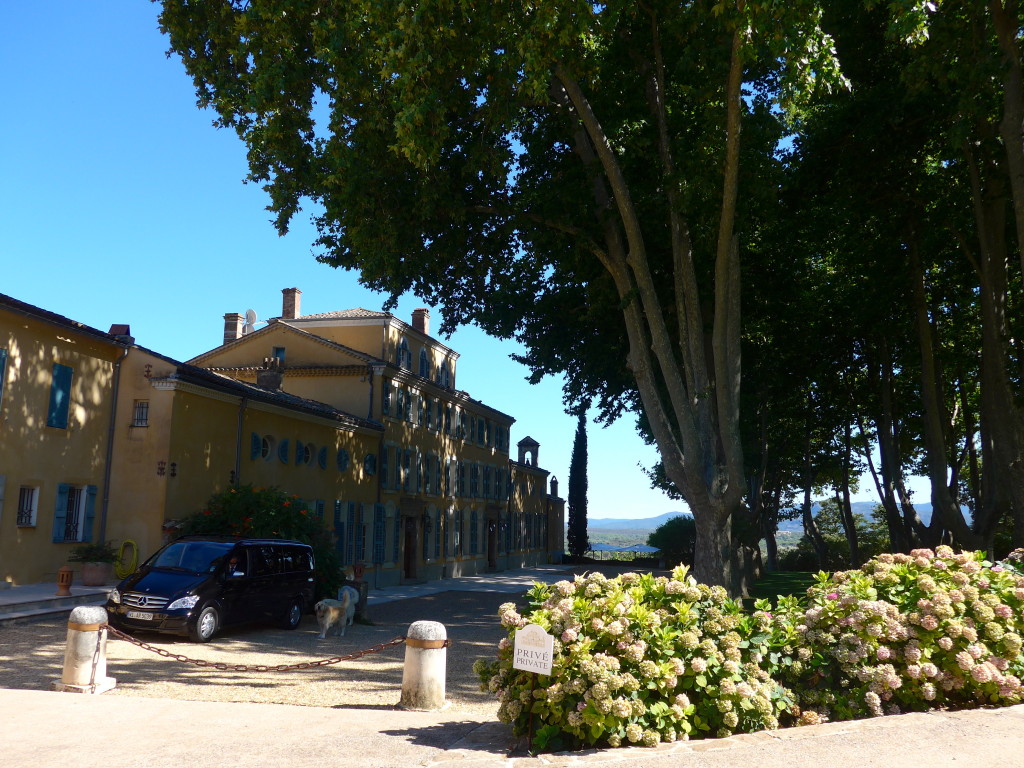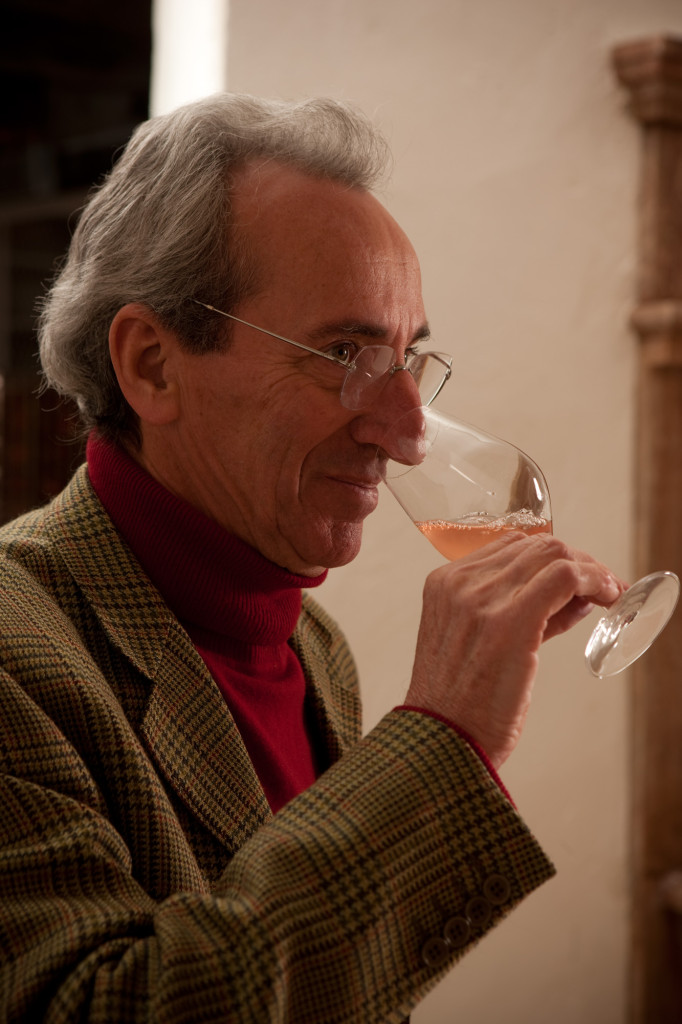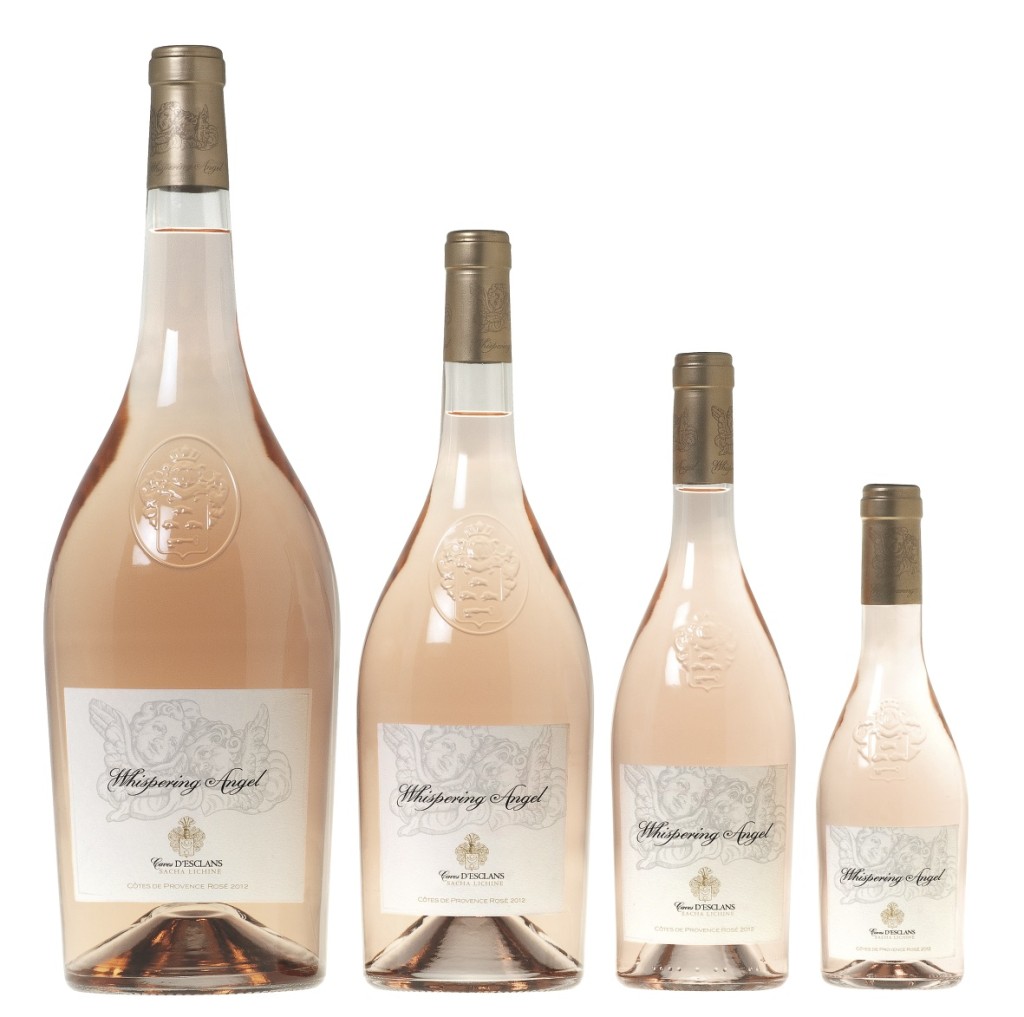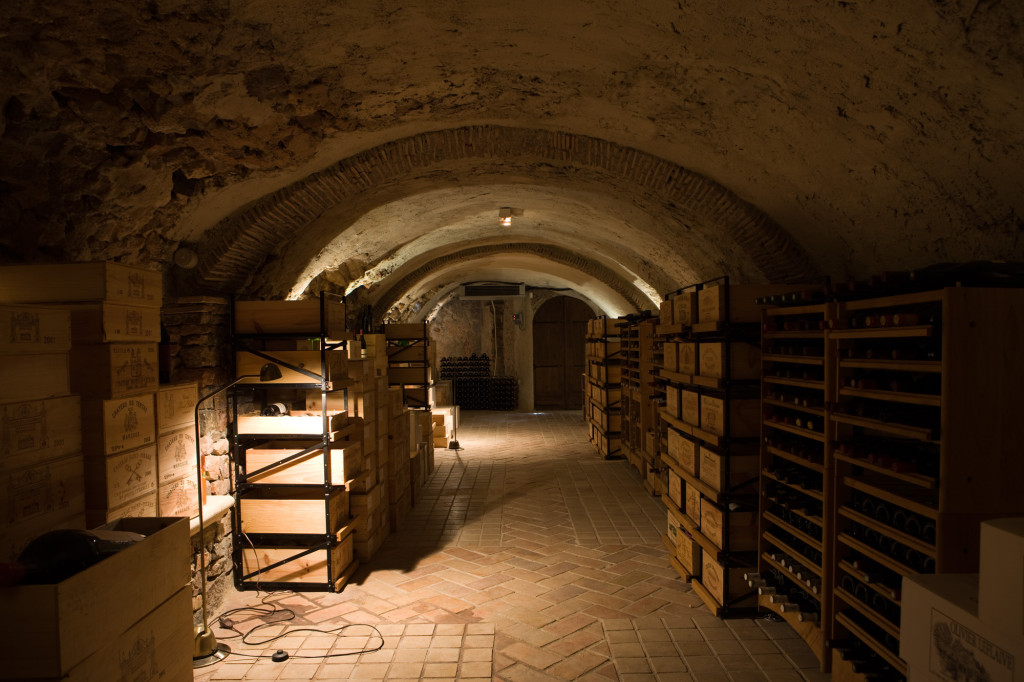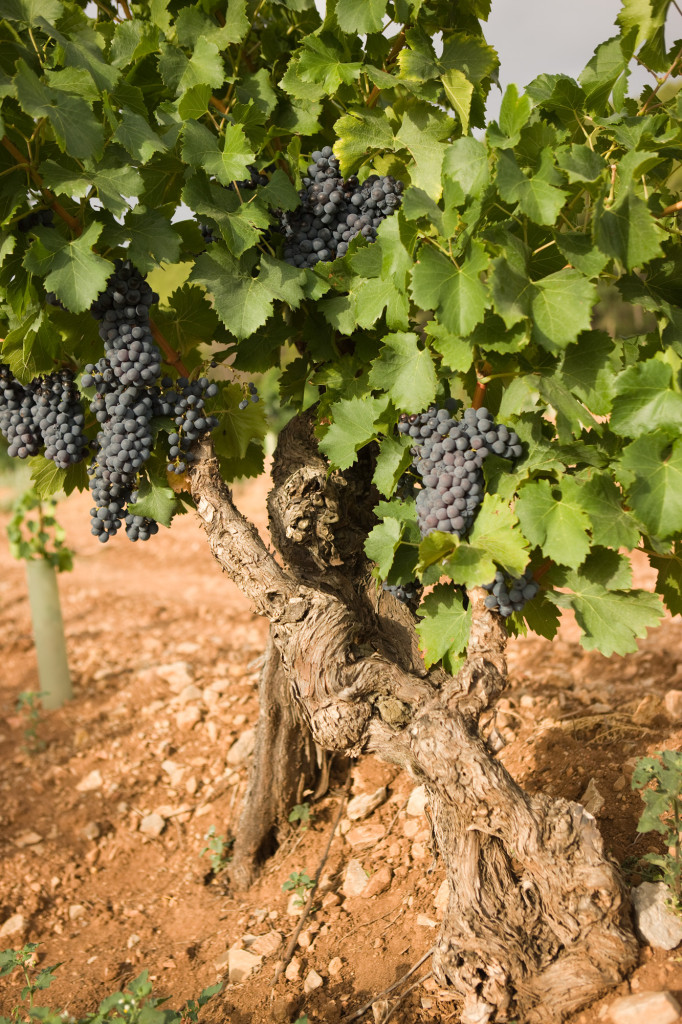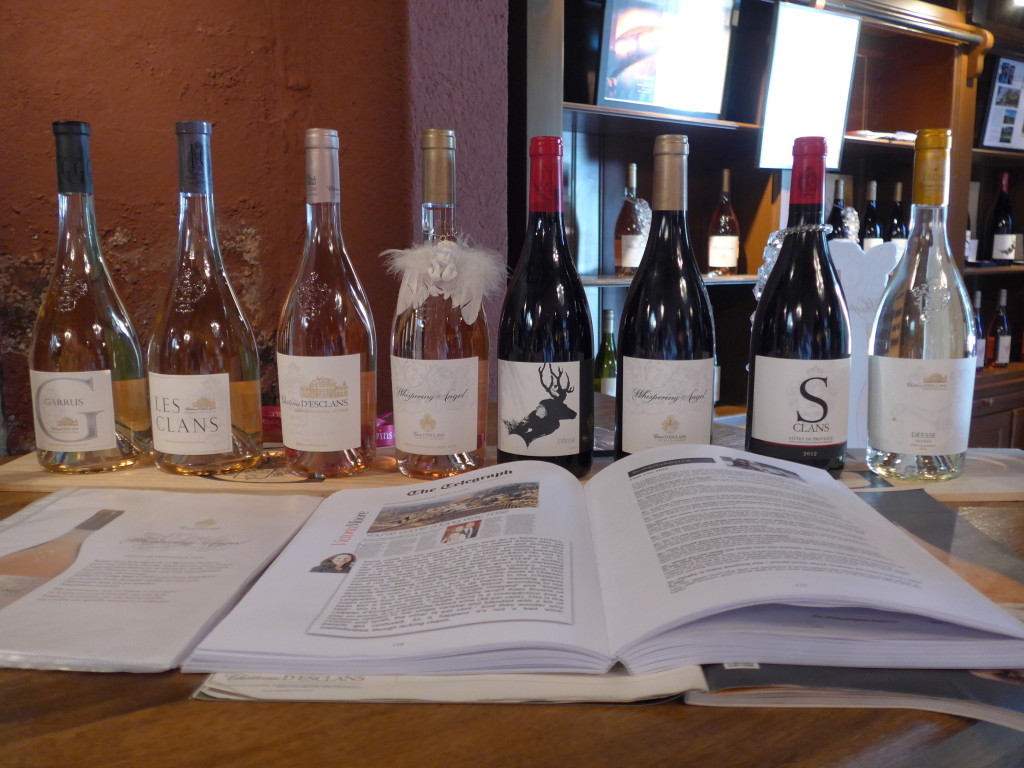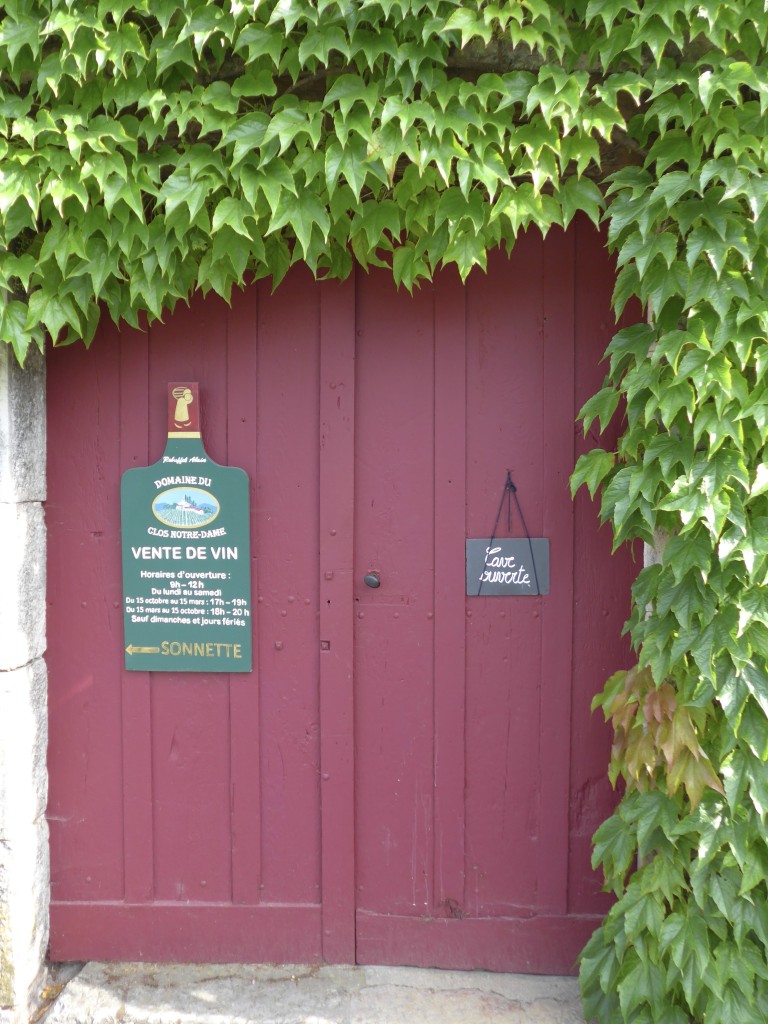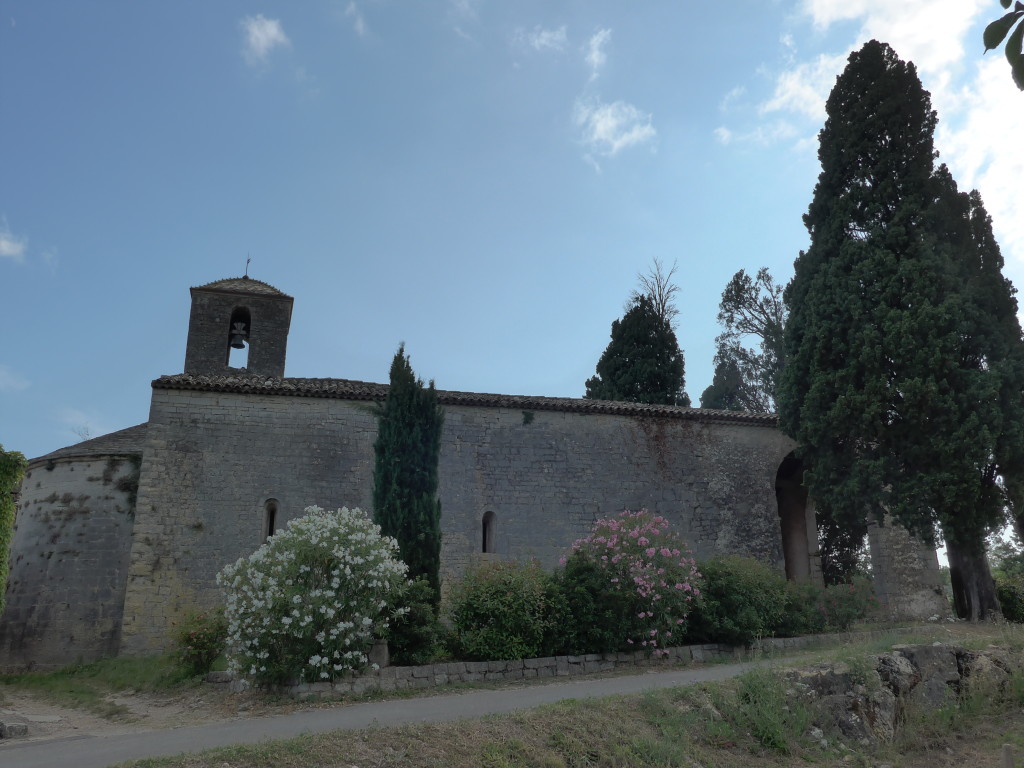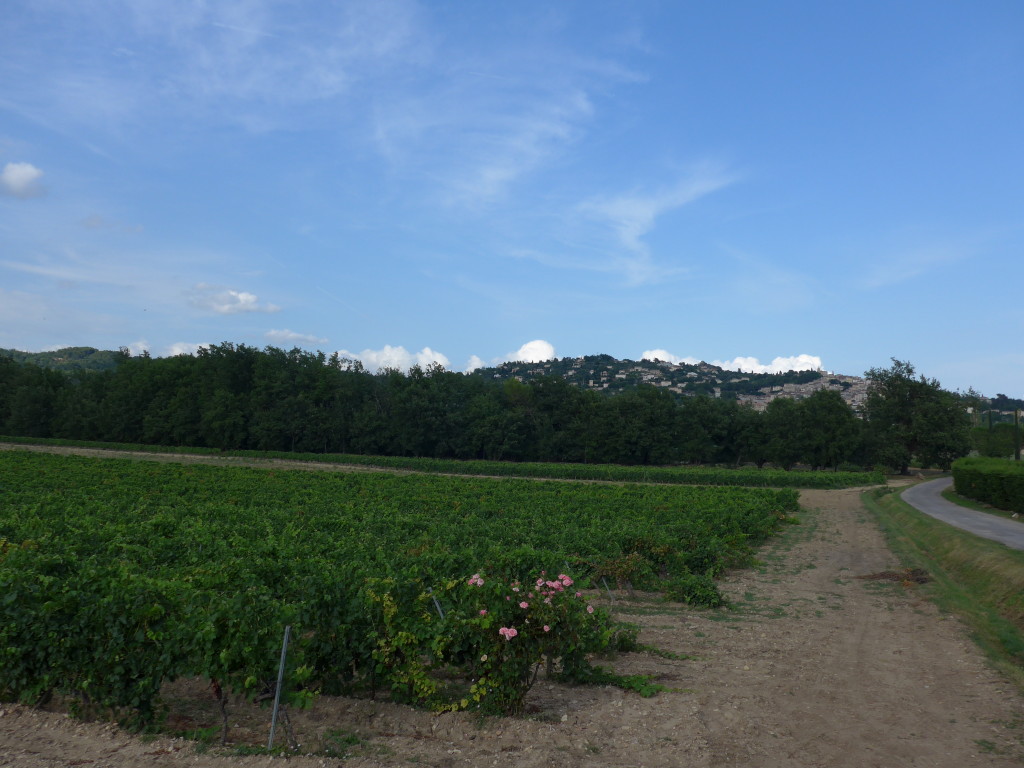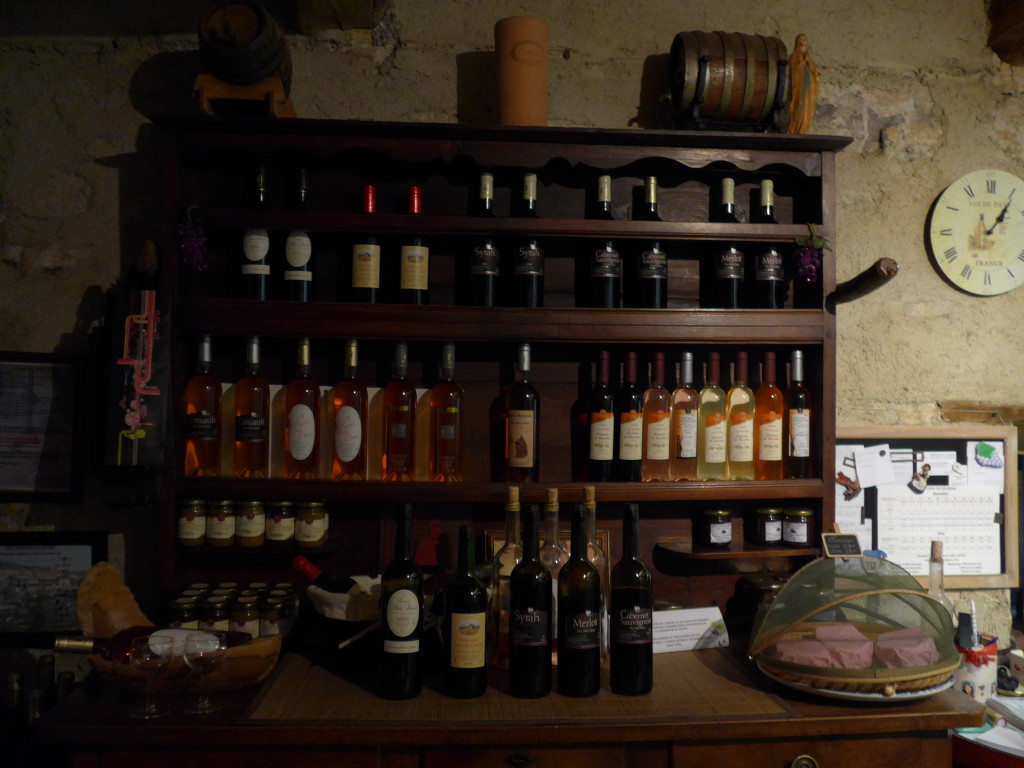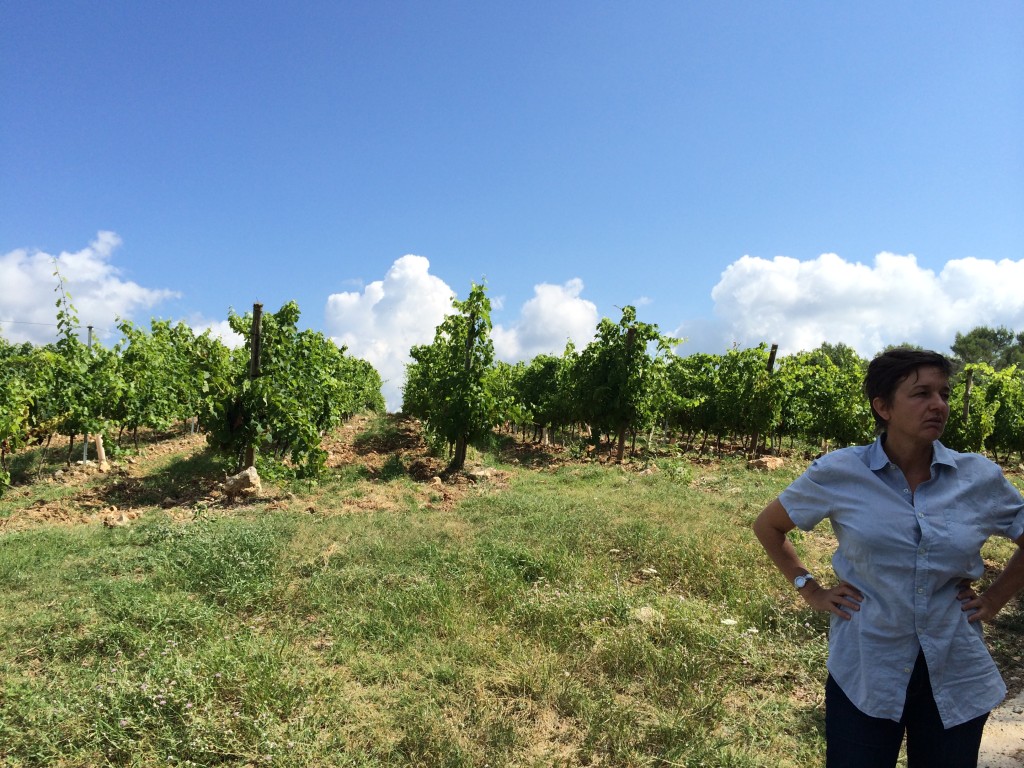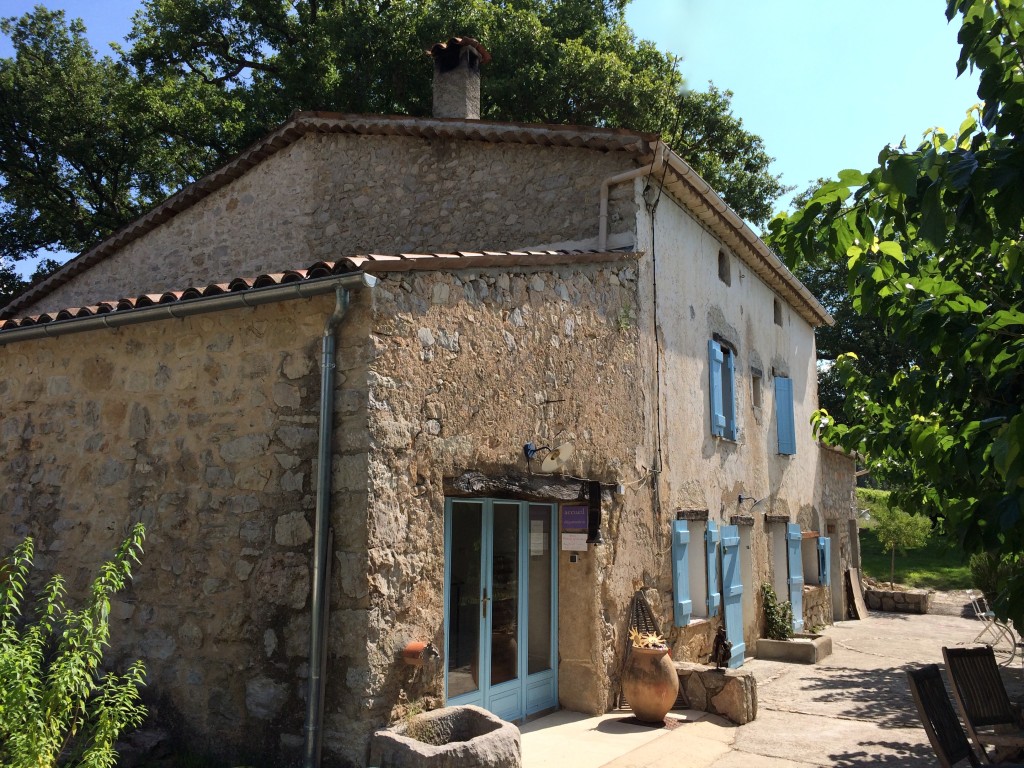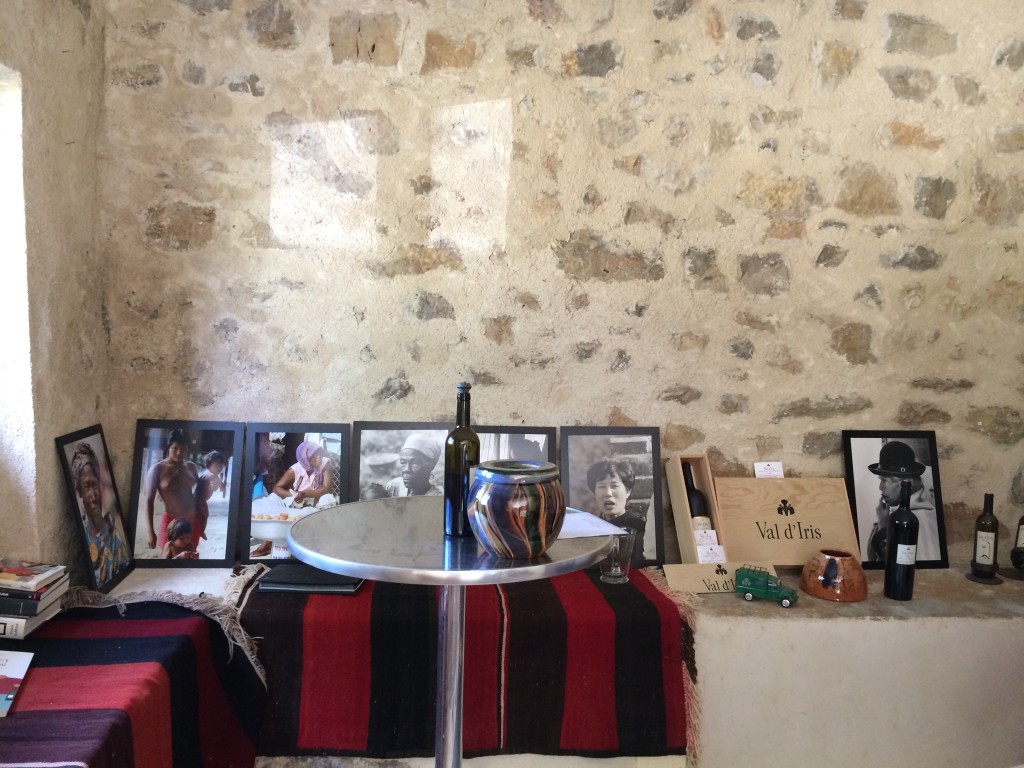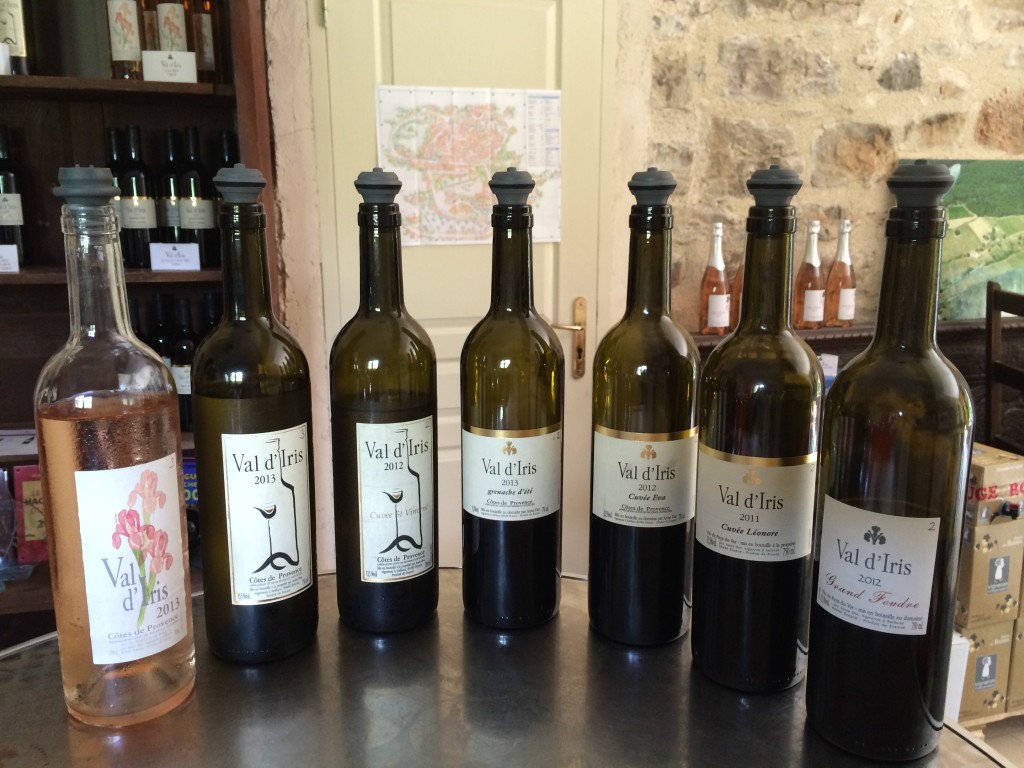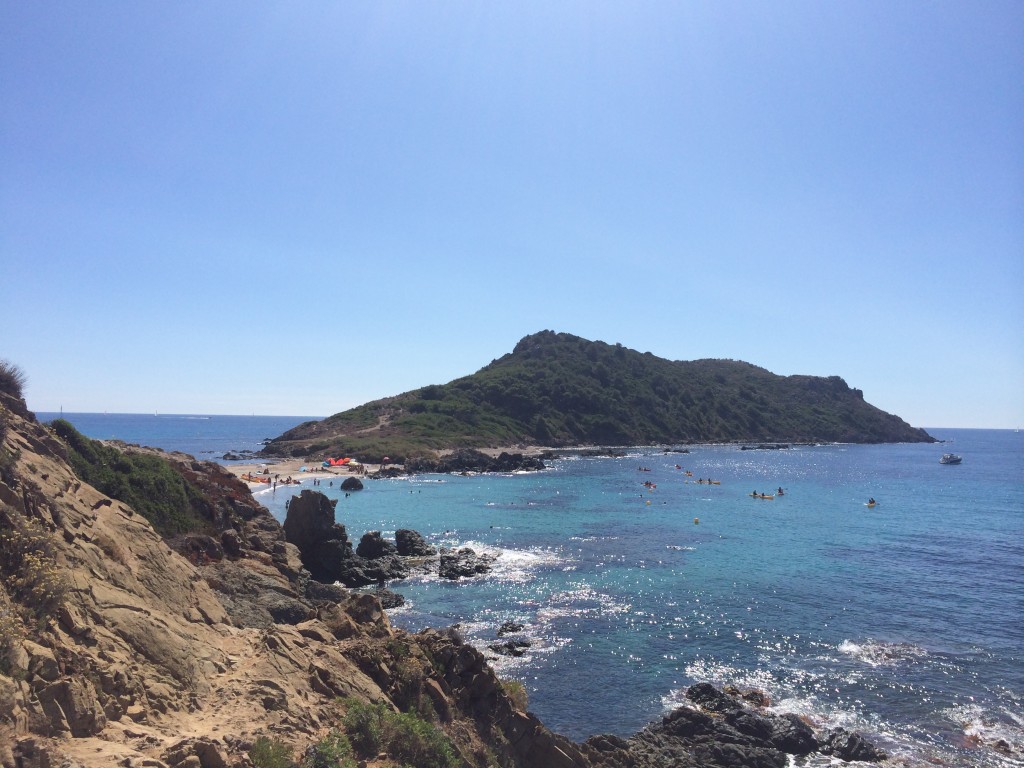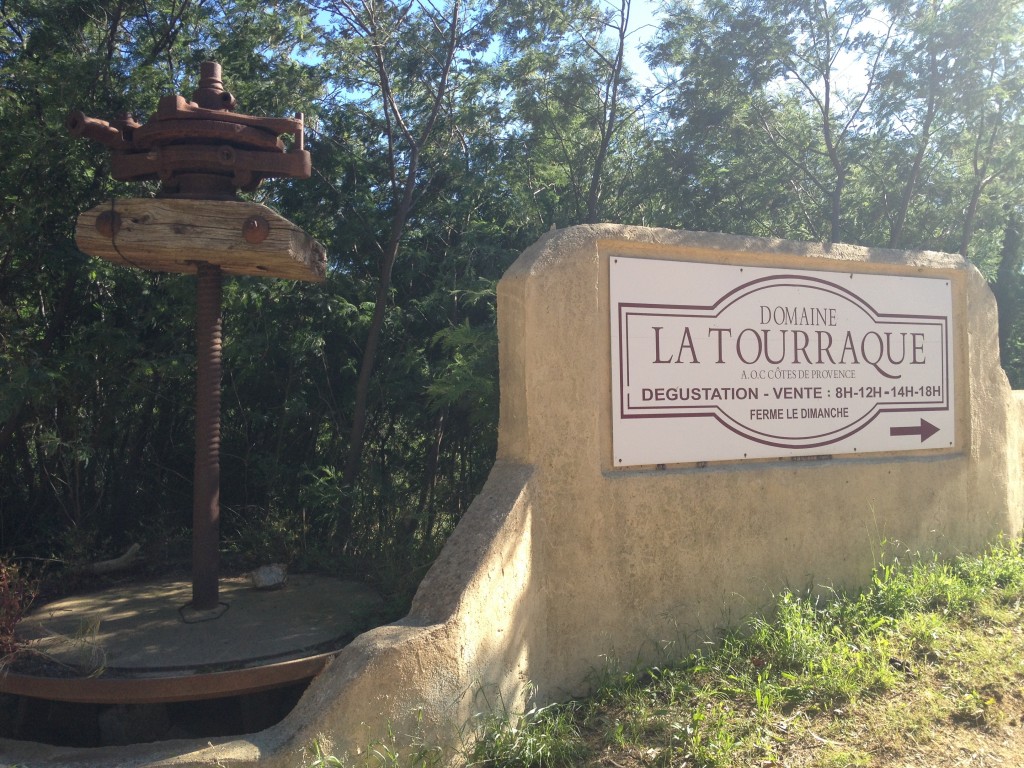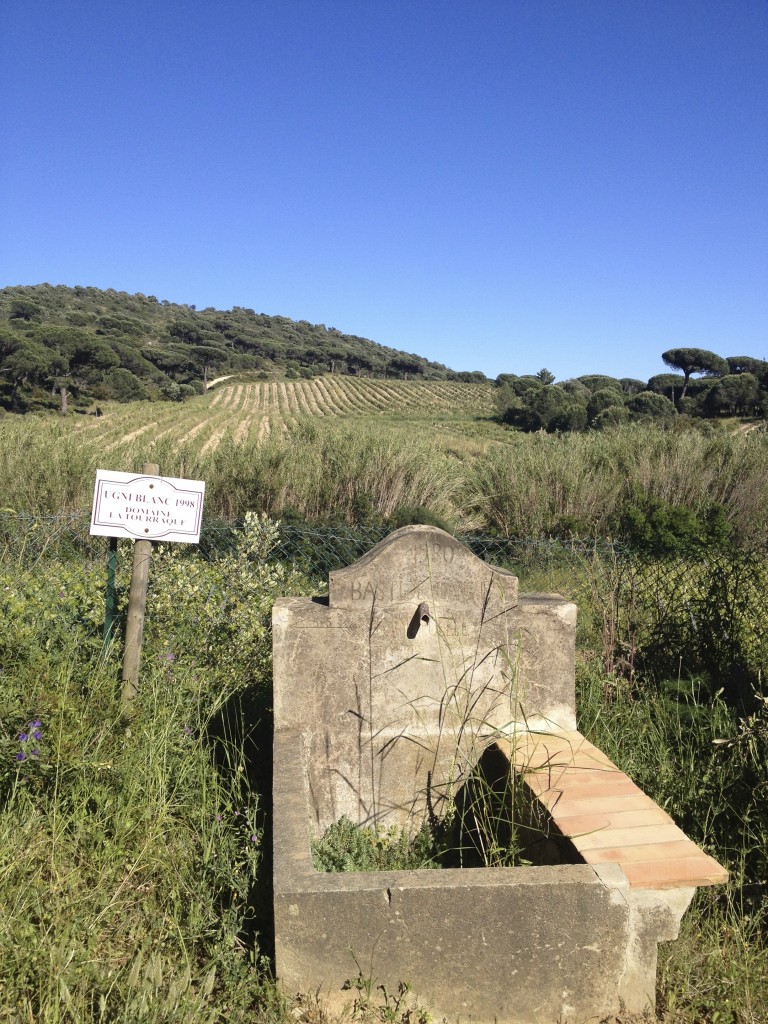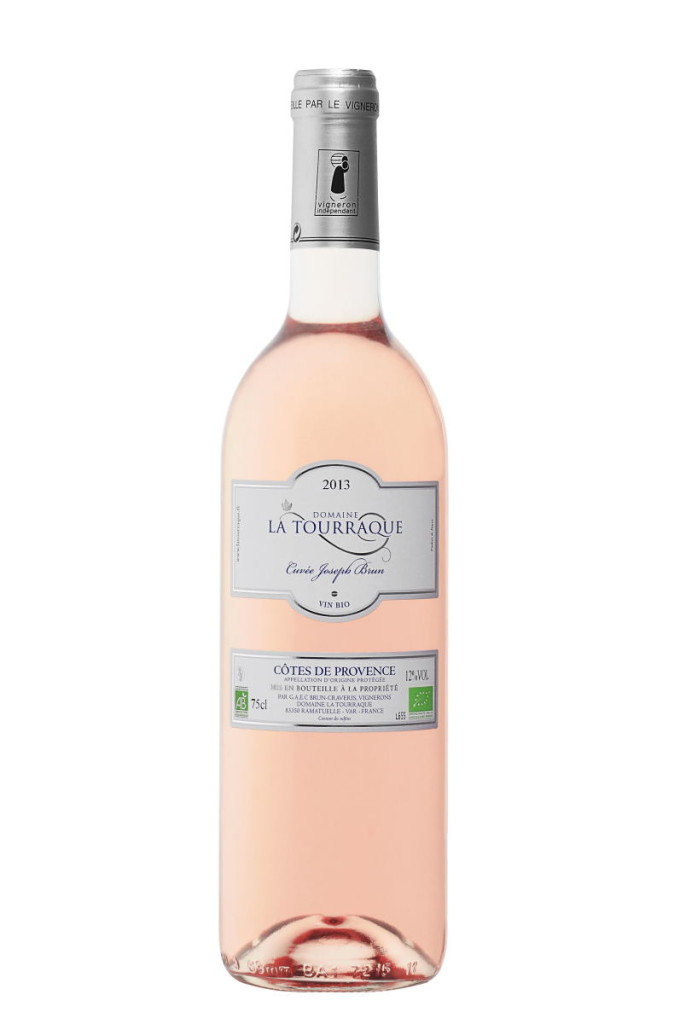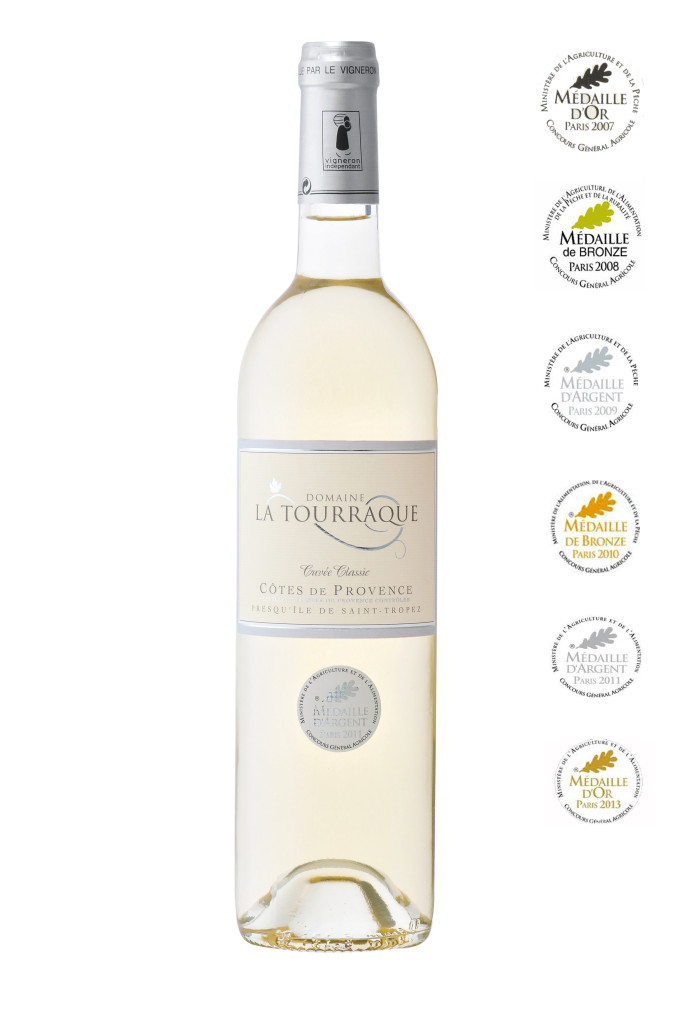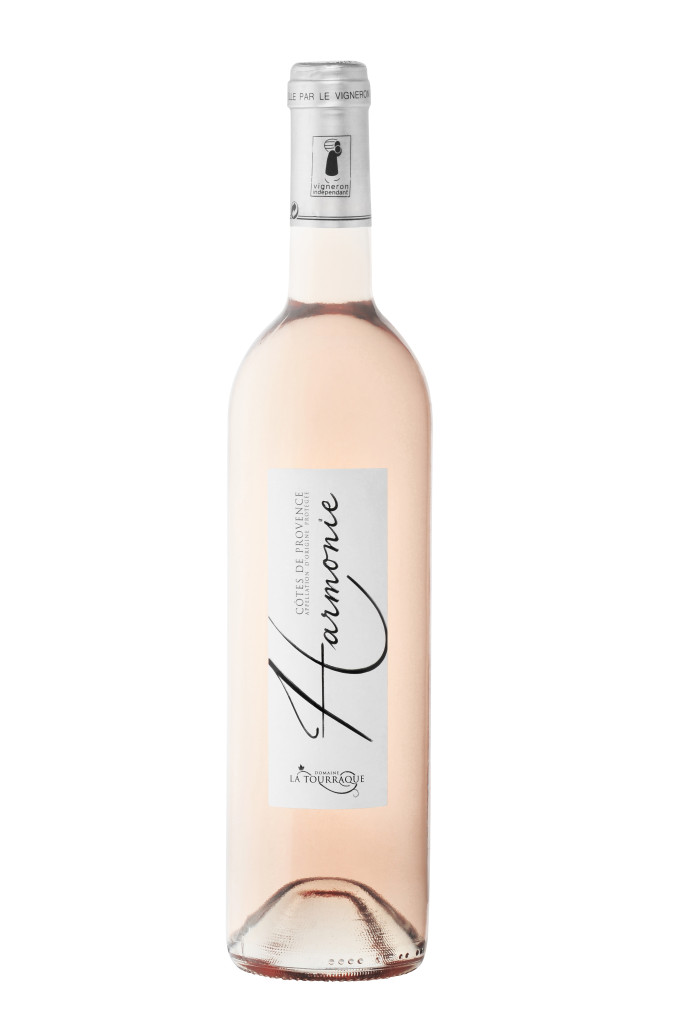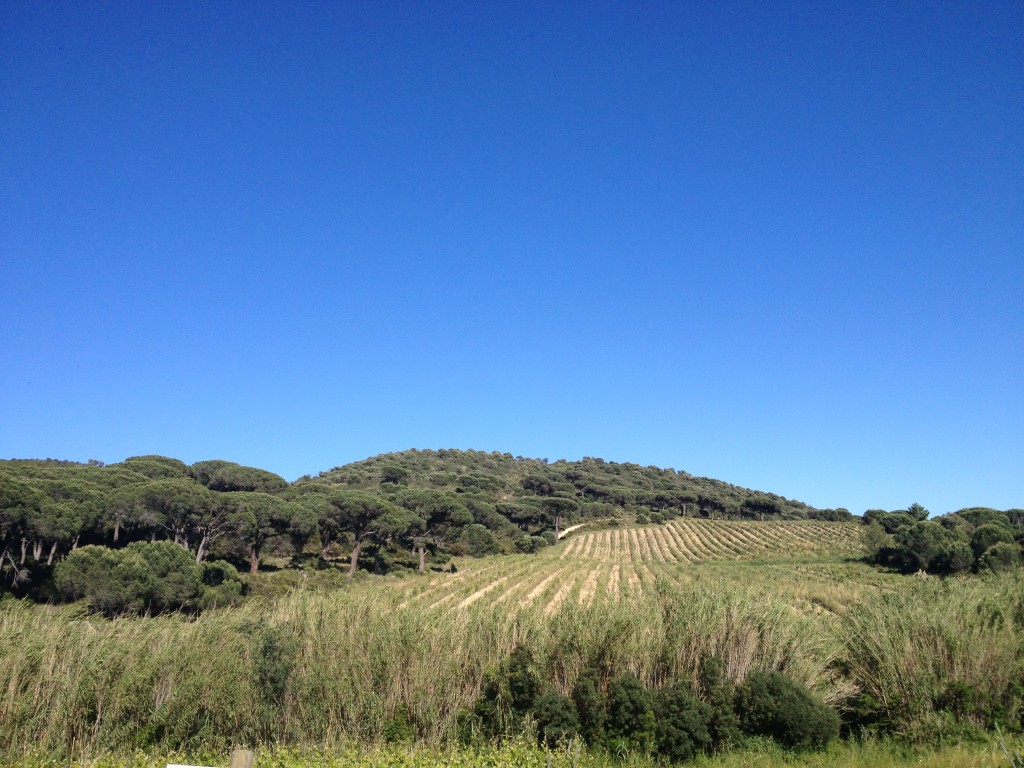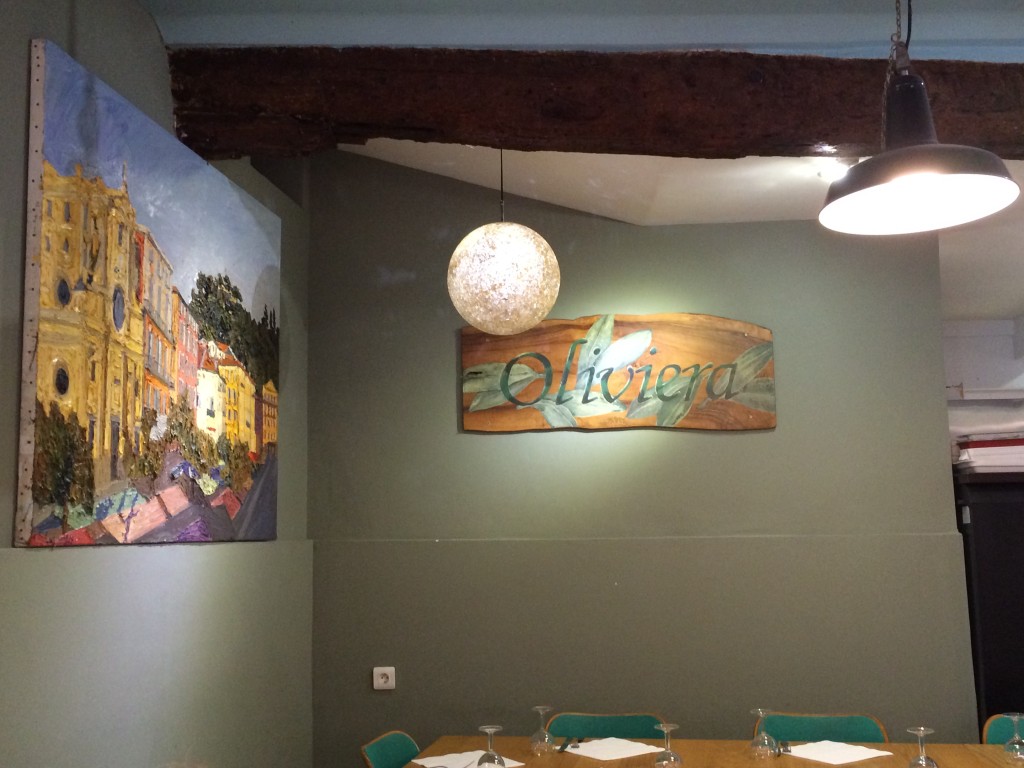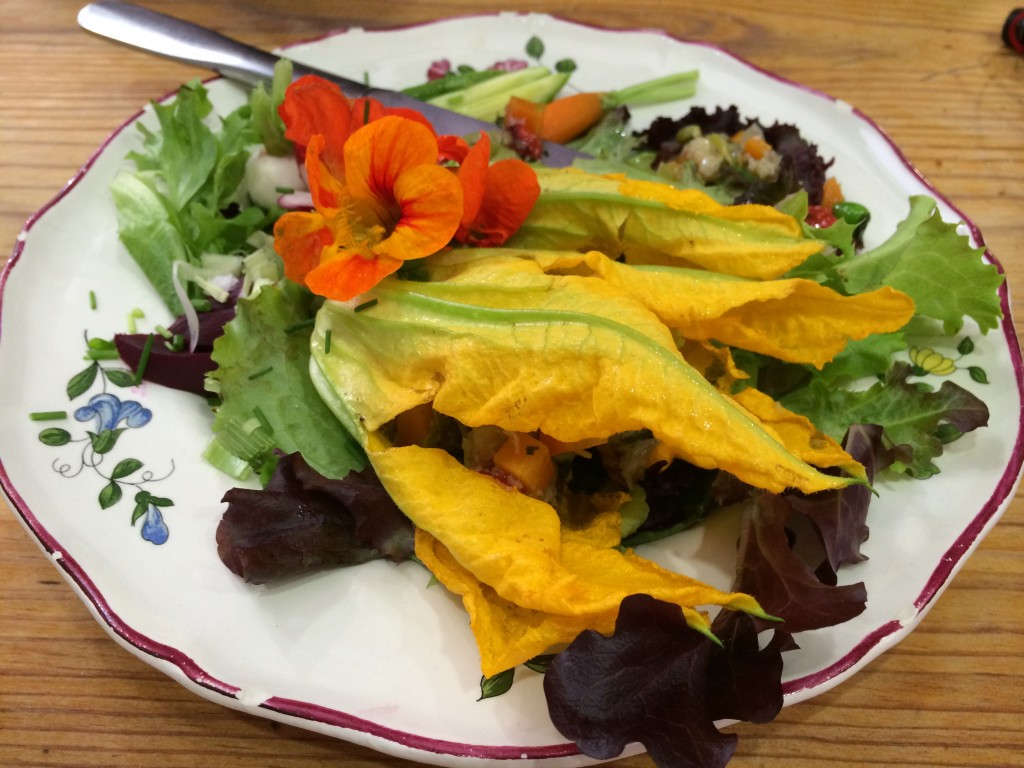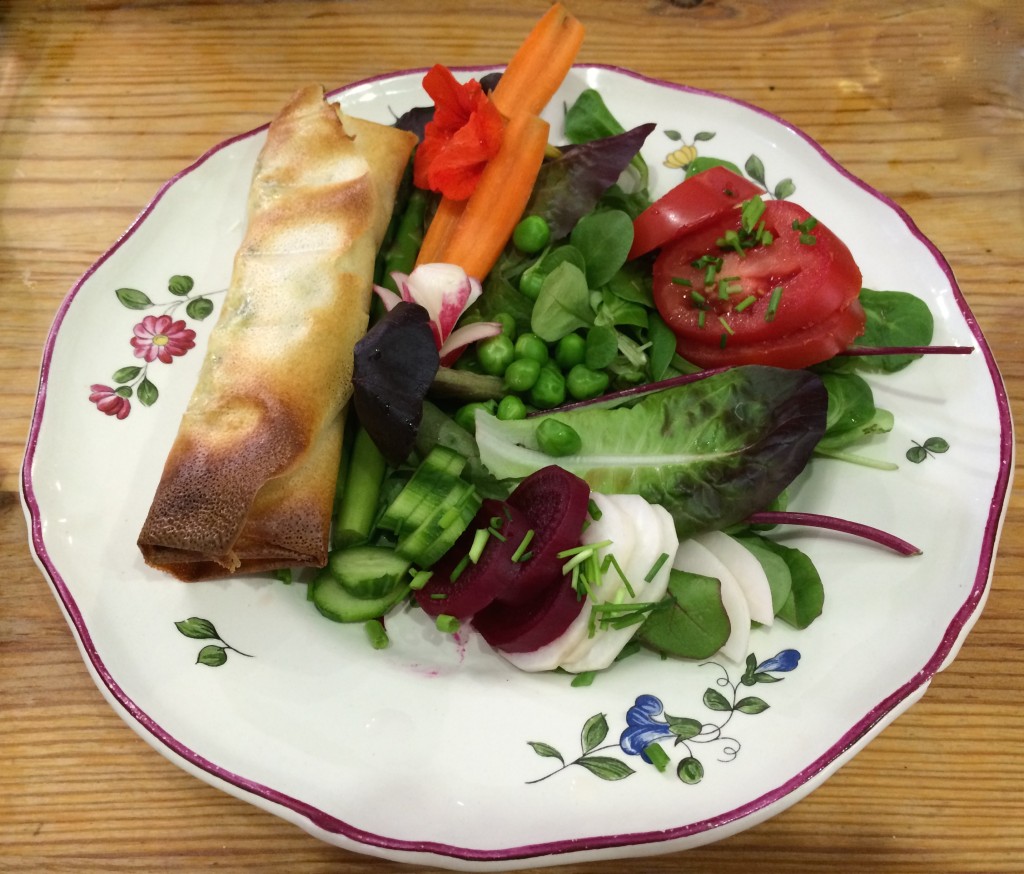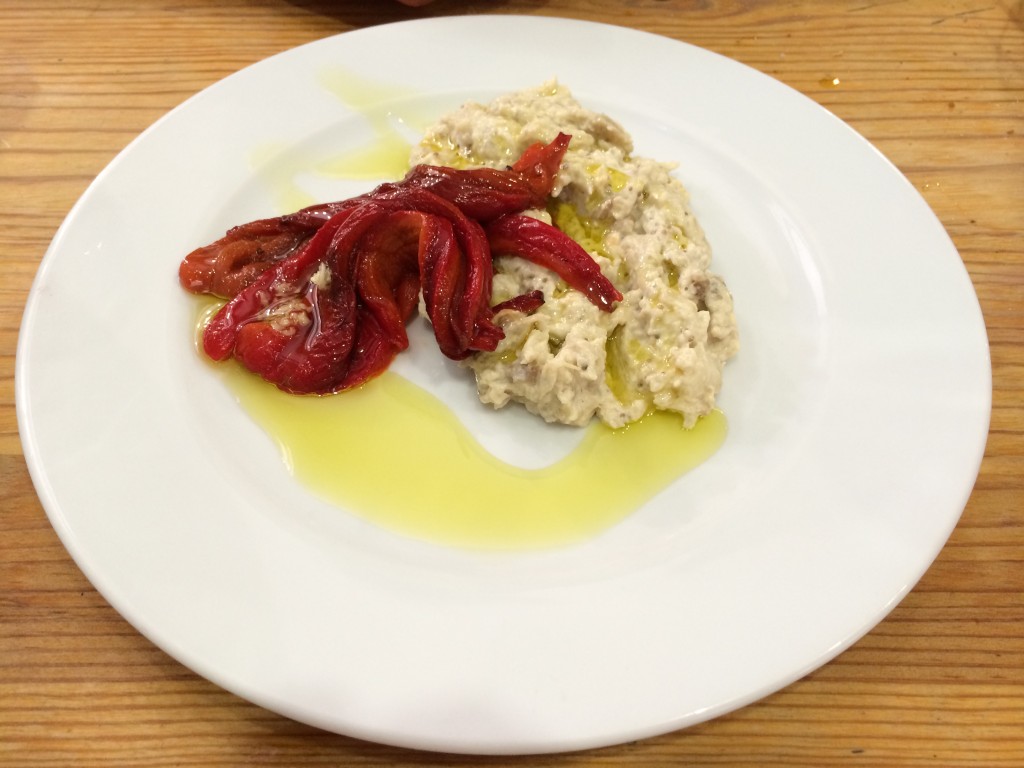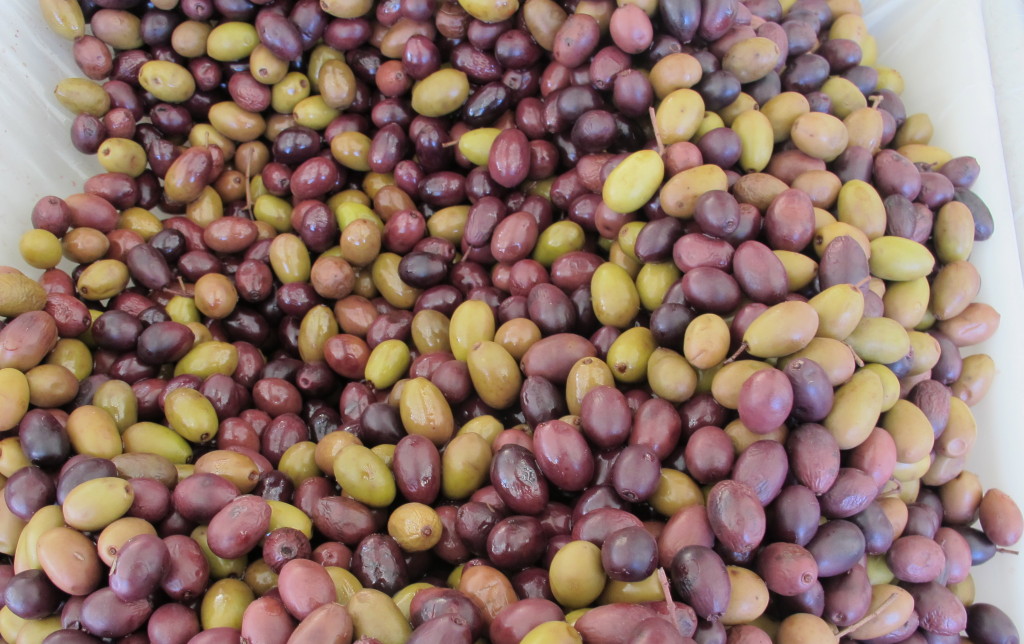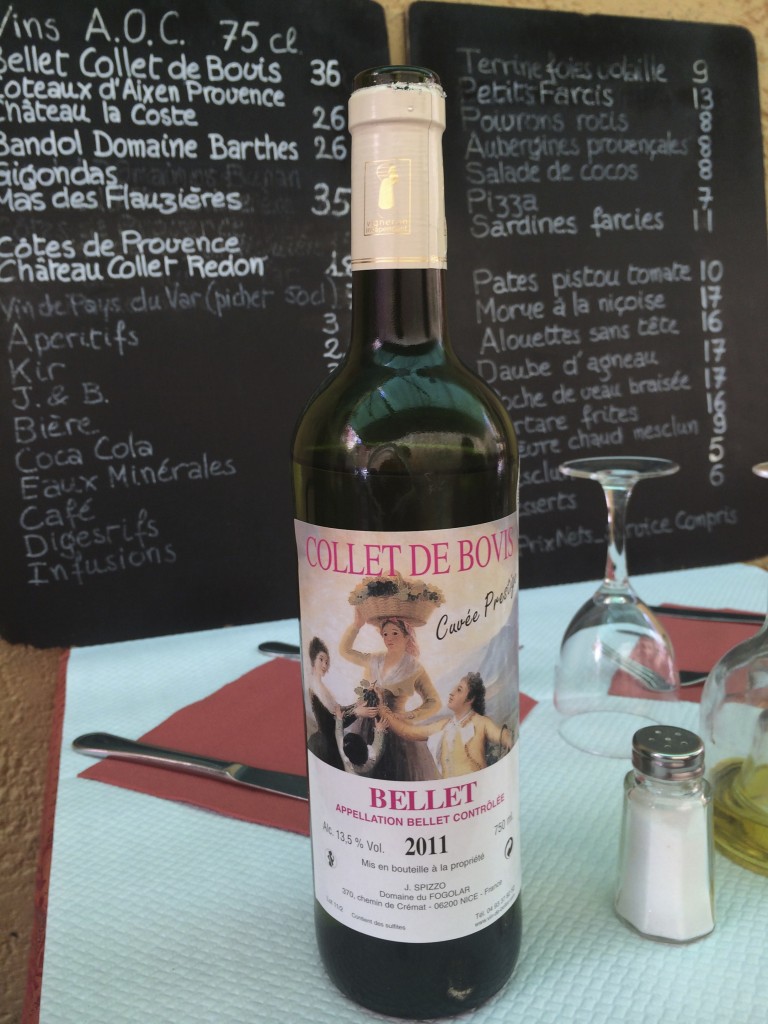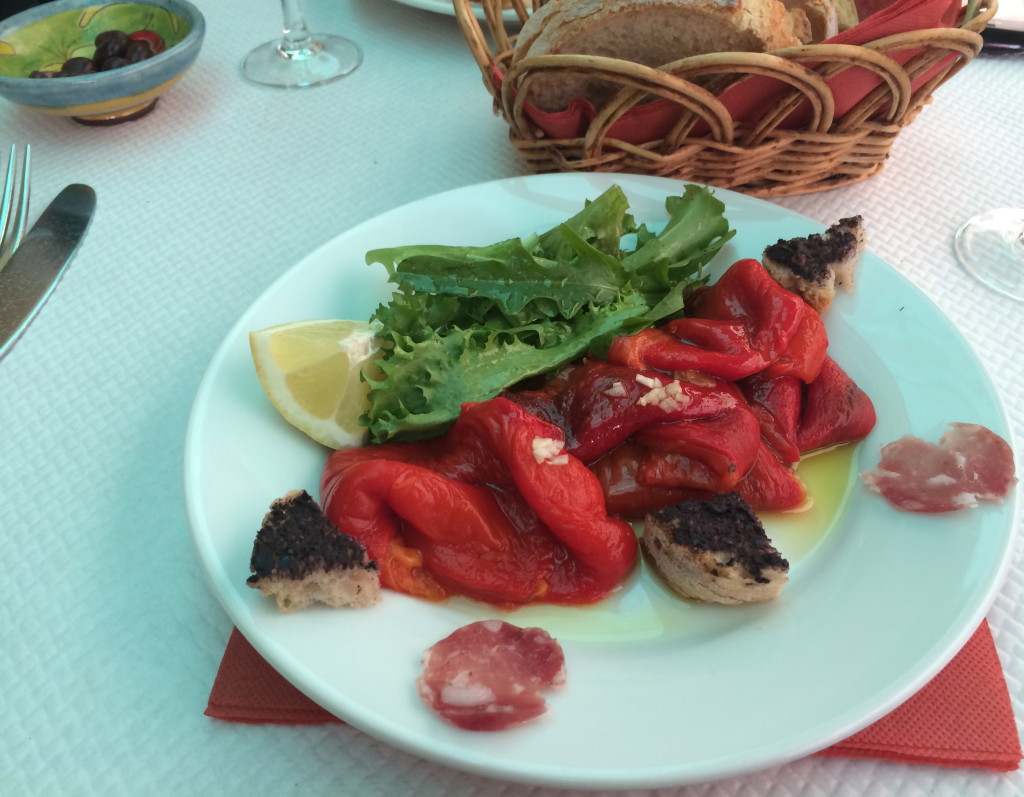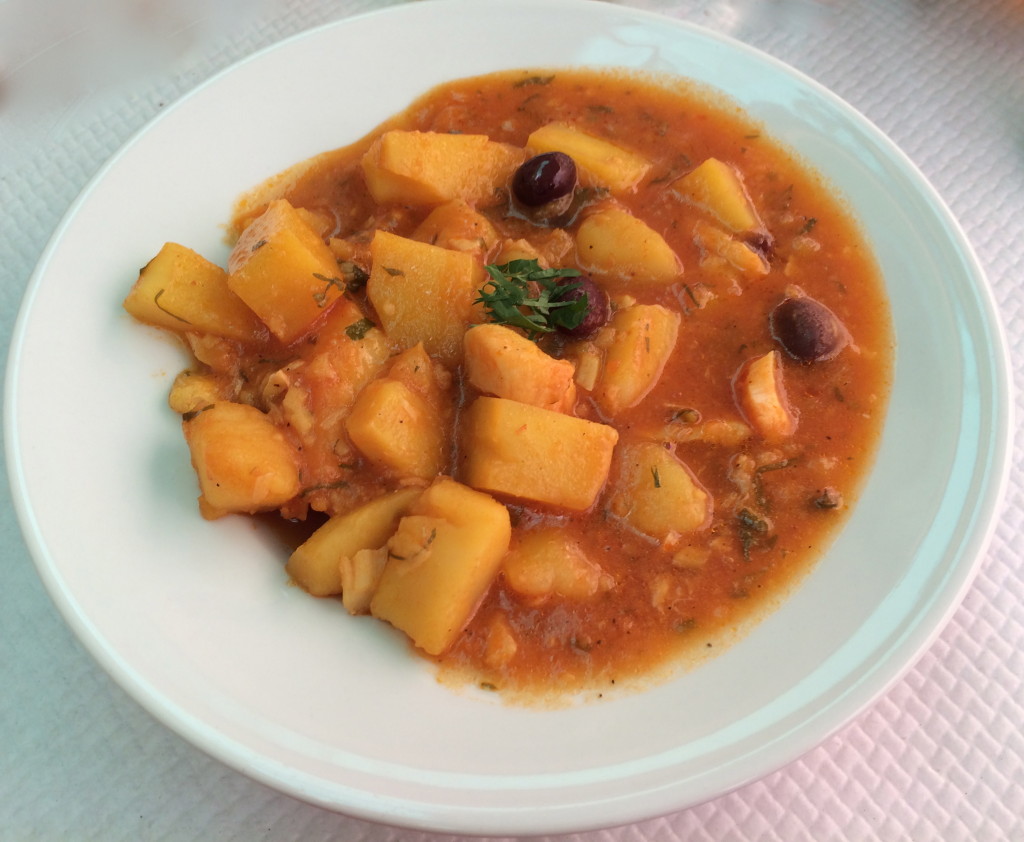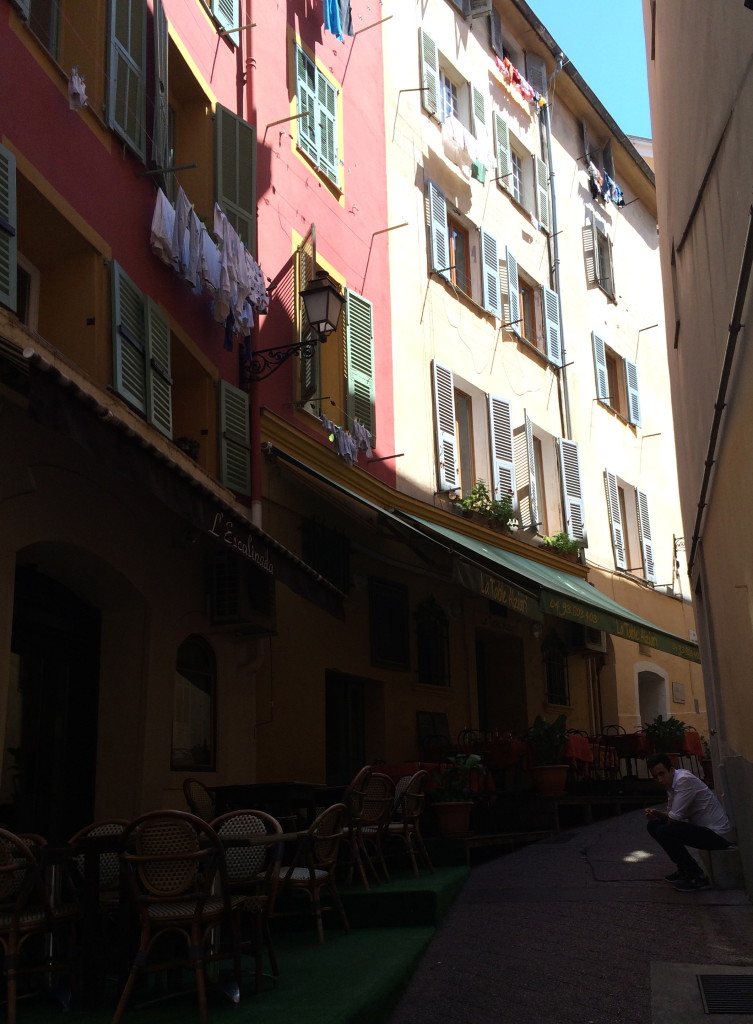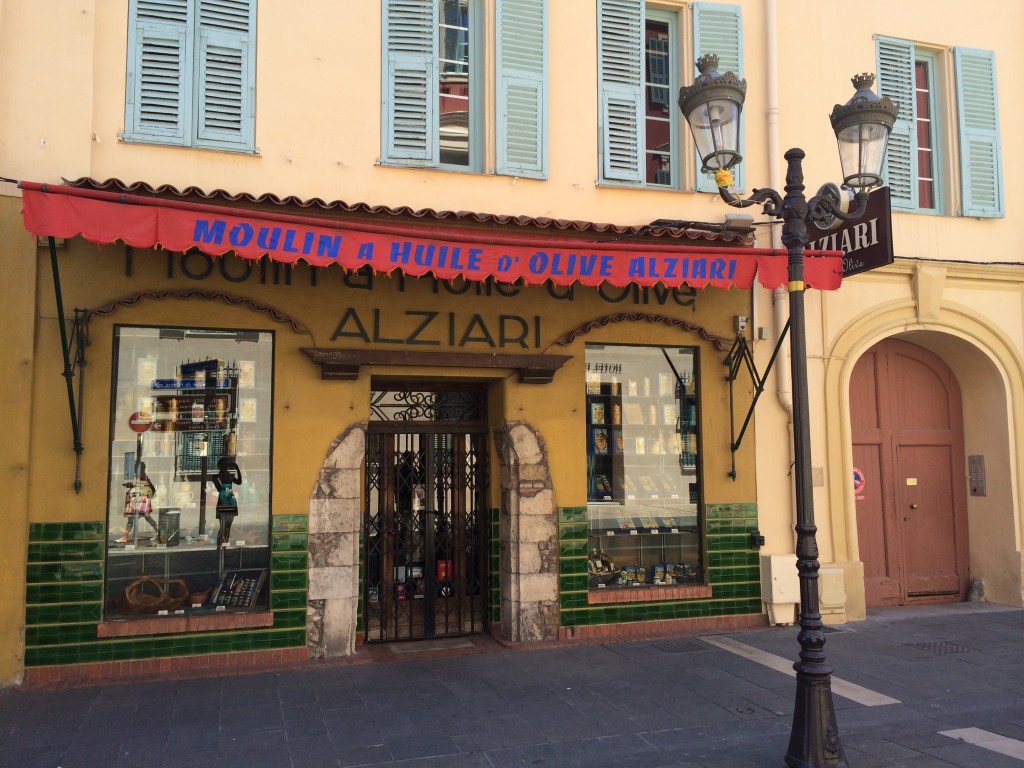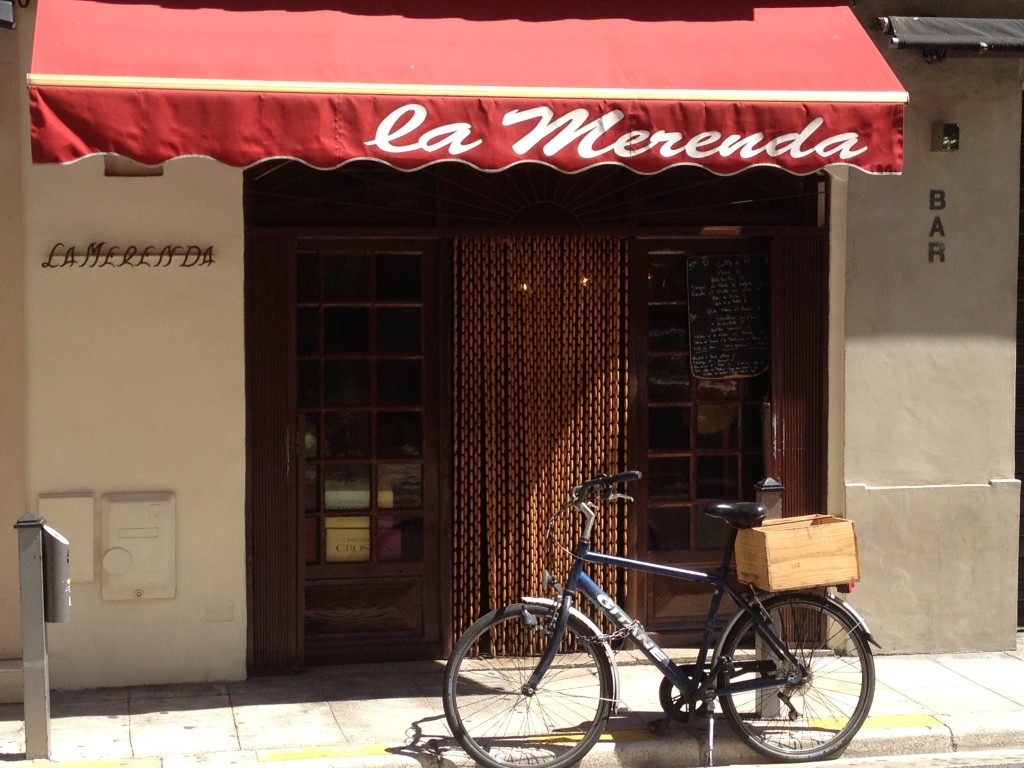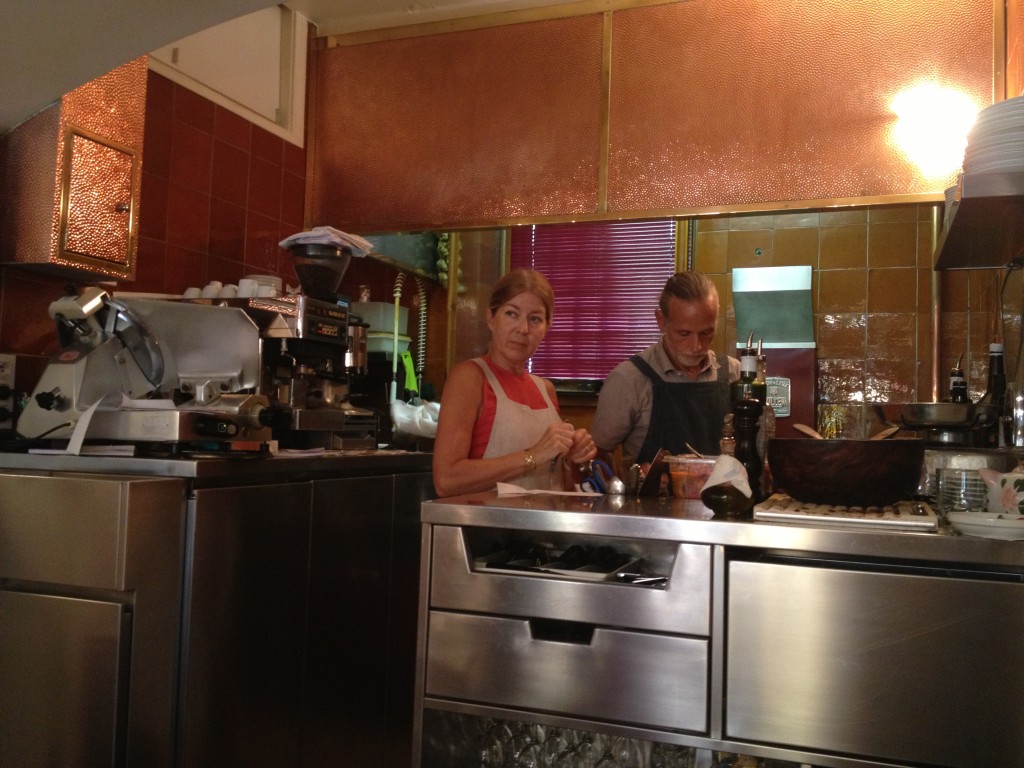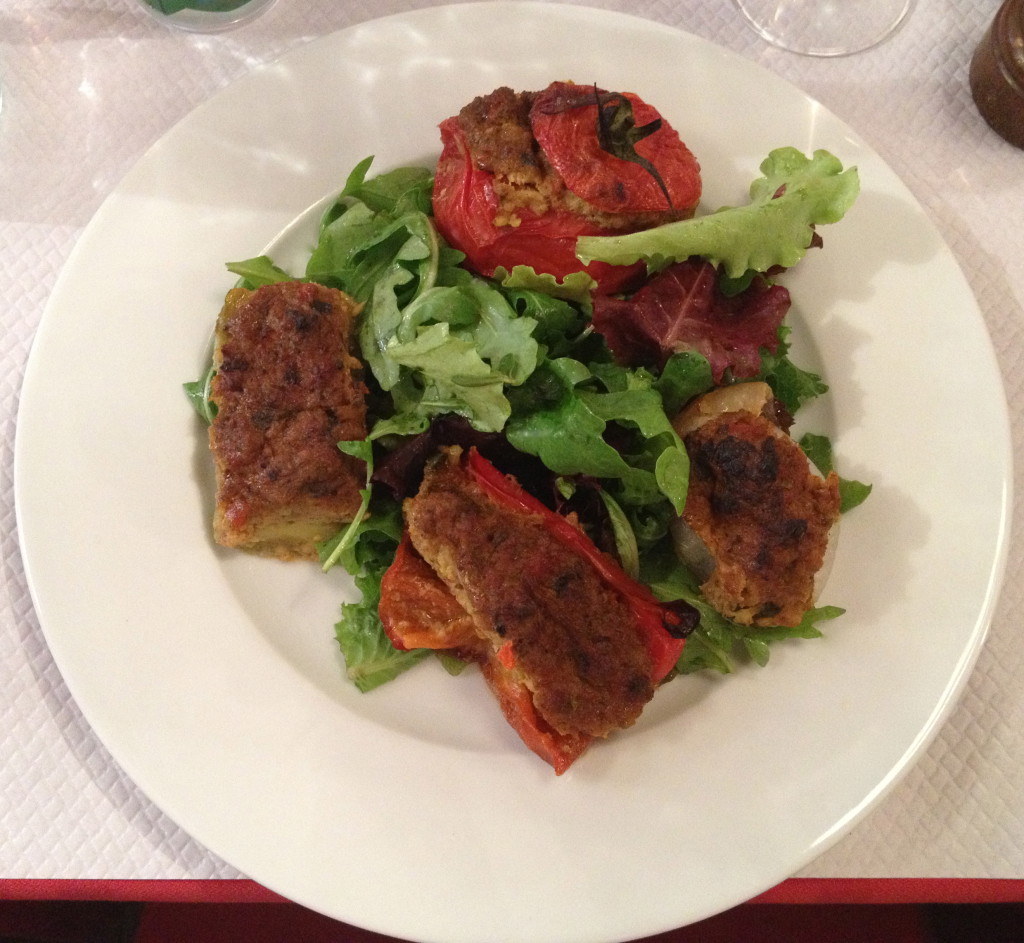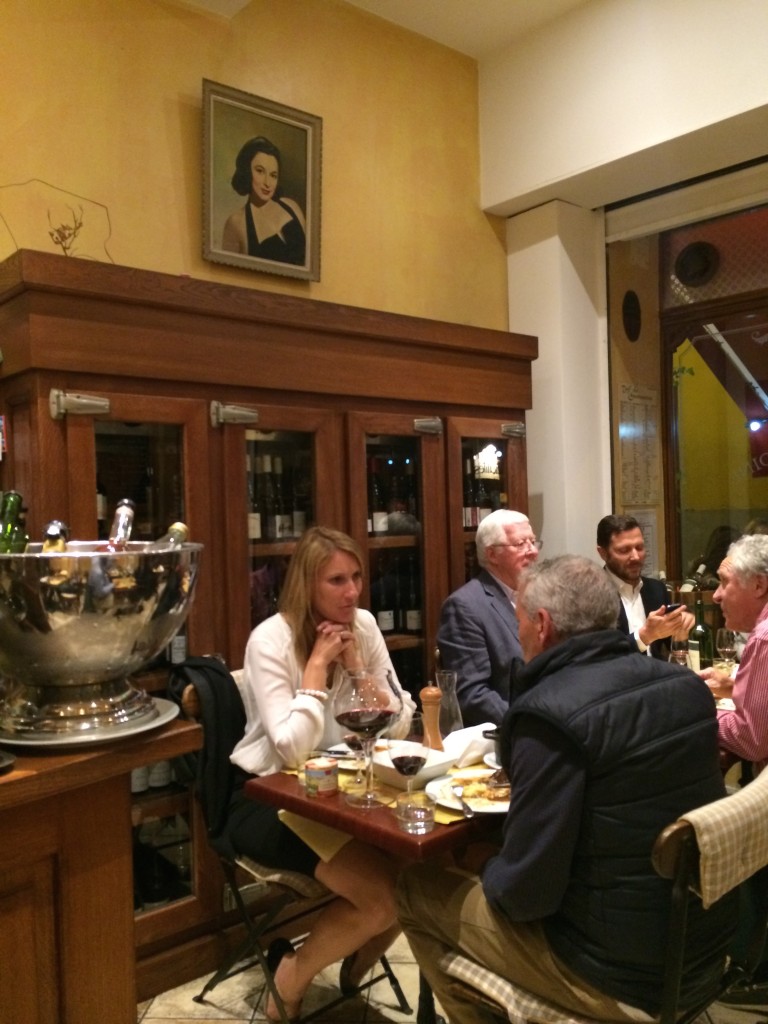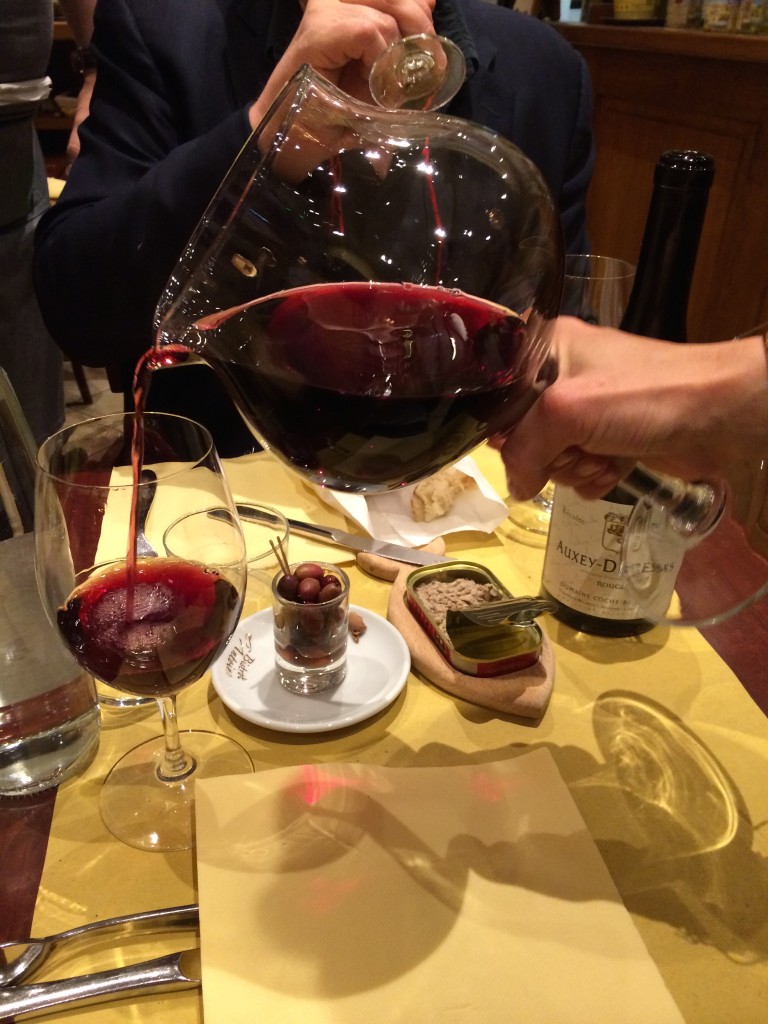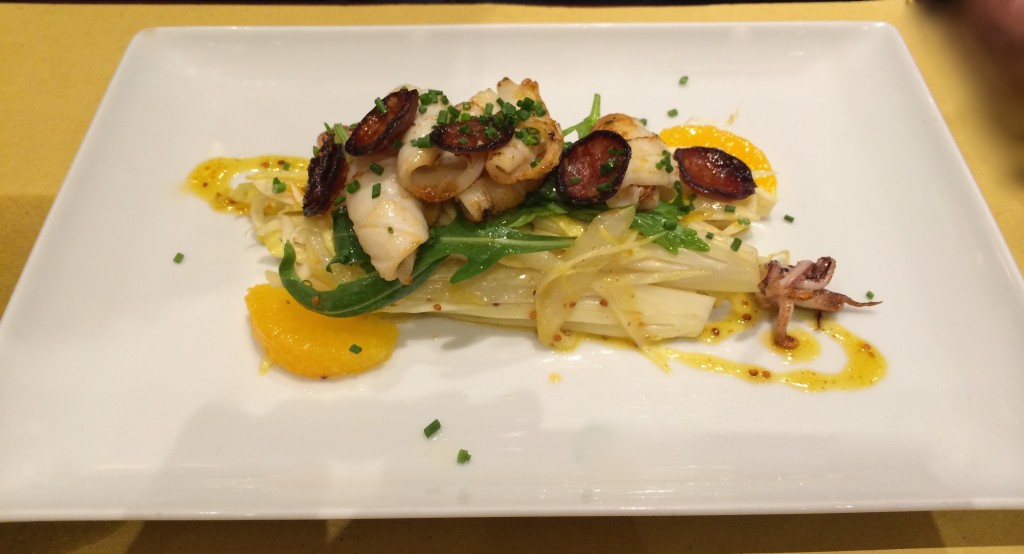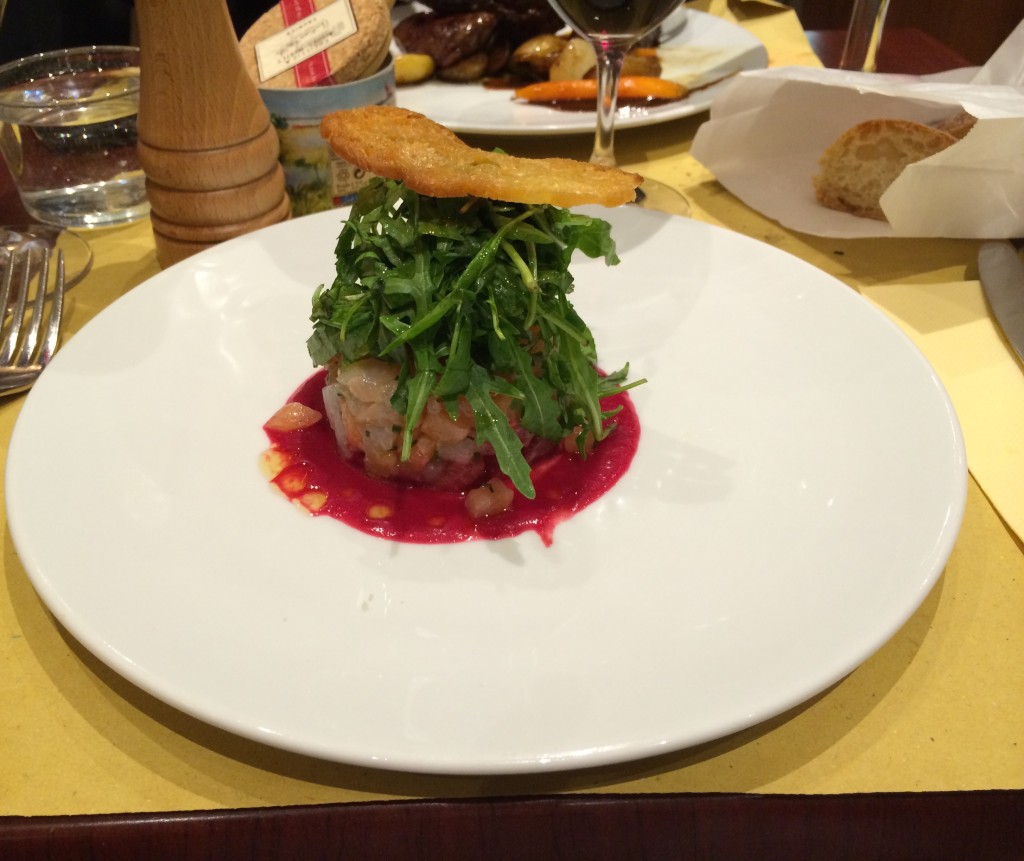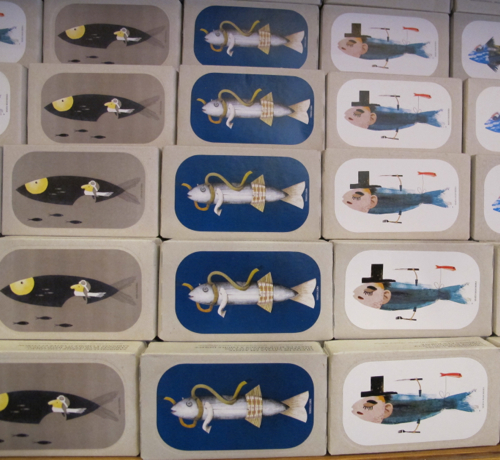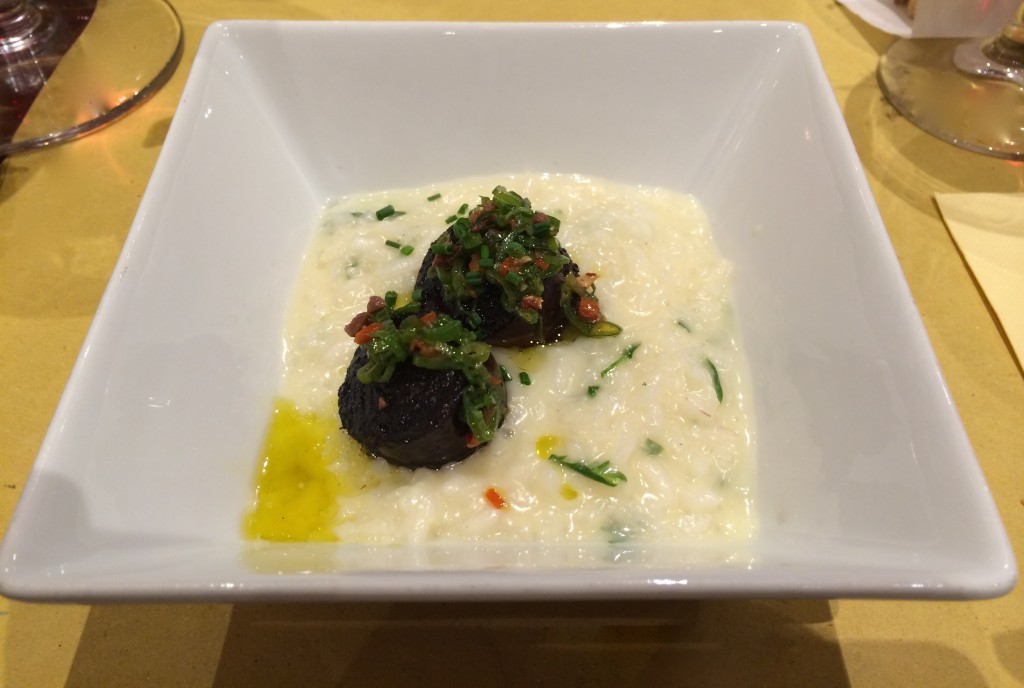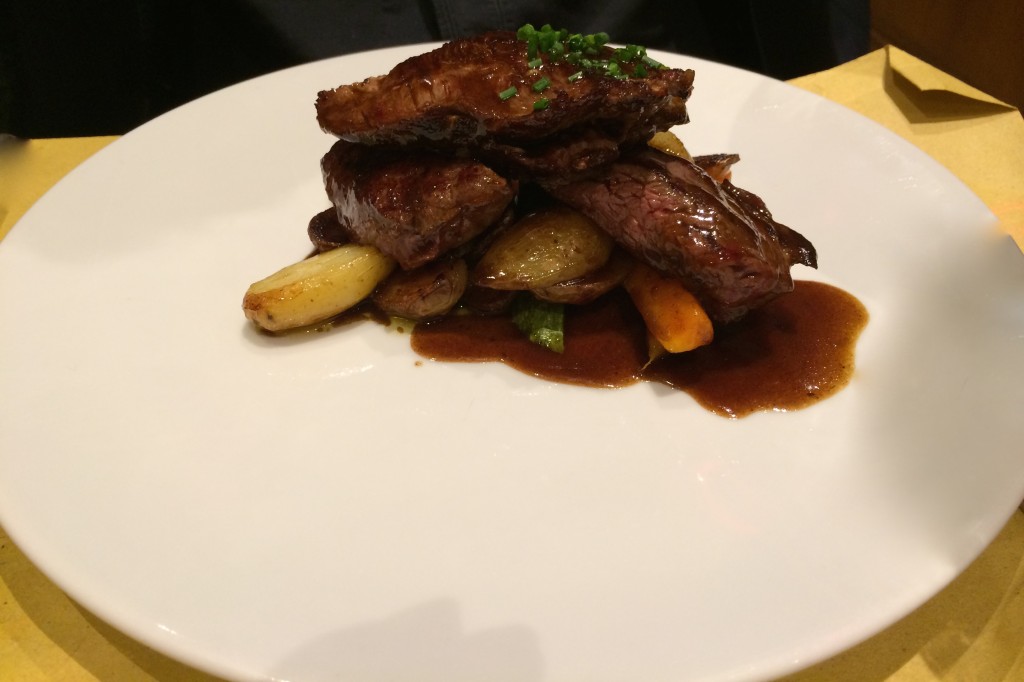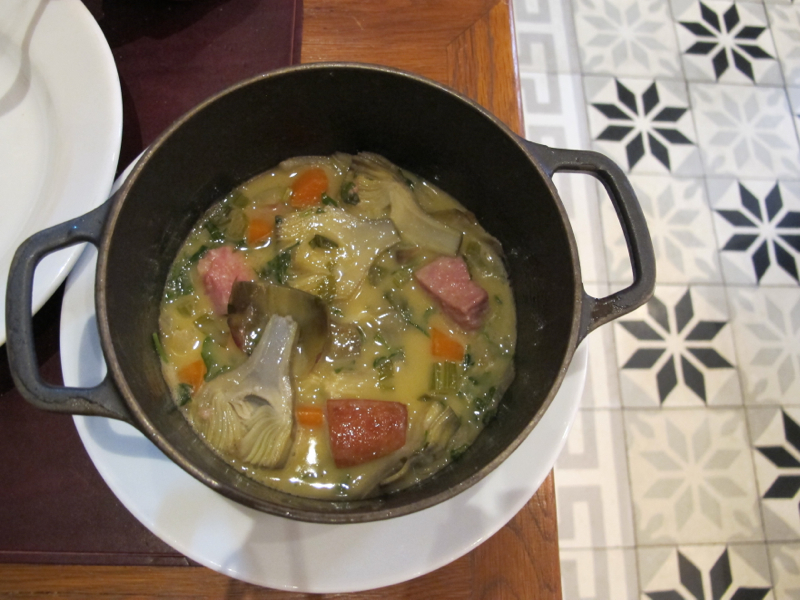La Petite Maison: Italian 'sweet life in Nice
Oh! La Petite Maison, … that succulent burrata, moist Mediterranean branzino, ‘lip-litious’ house pasta and like-from-your-Italian-granny-made tiramisu seducing your taste-buds together with the handsome waiters cruising around with abundant plates … The homey spirit penetrates everything. When the dolce is served on your birthday or anniversary, the always-present, hardworking owner – Nicole, generously spoils you with an entire tray of the sinfully indulgent mascarpone and coffee-based tiramisu, so taming your sugarwore instinct might be impossible.
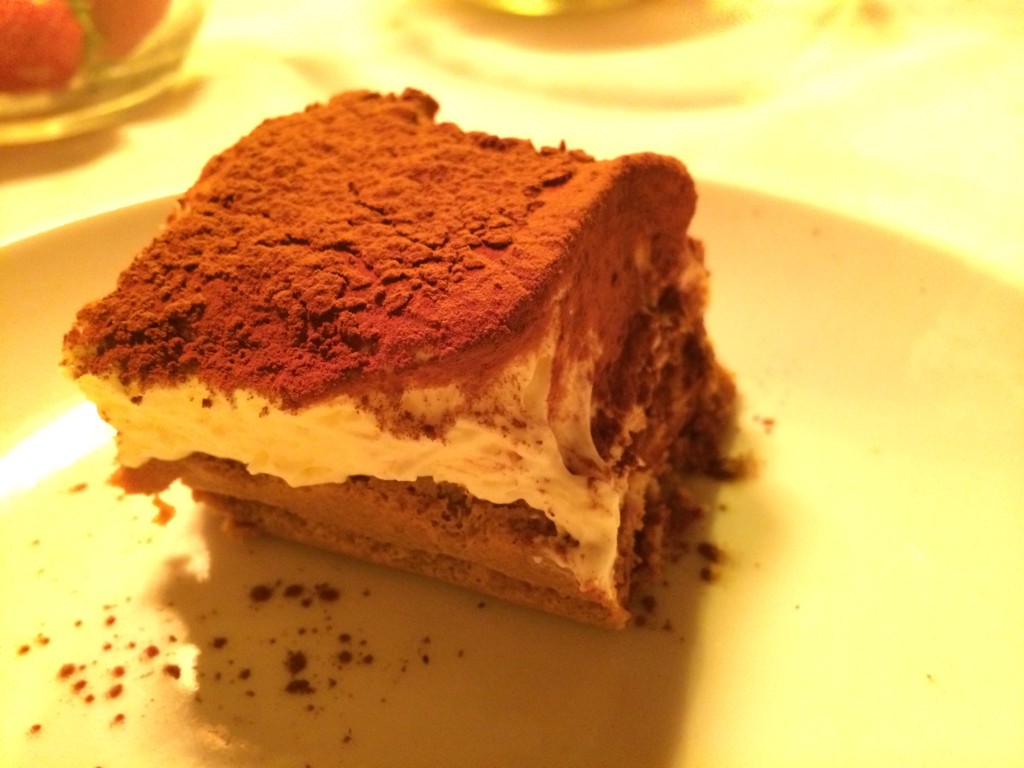
As it happened to me recently. The tiramisu at Nicole’s niçoise little Italy is my personal cultish treat, and believe it or not, my slender body allows me to spoon out this delicacy after every dinner at La Petite Maison in Nice.
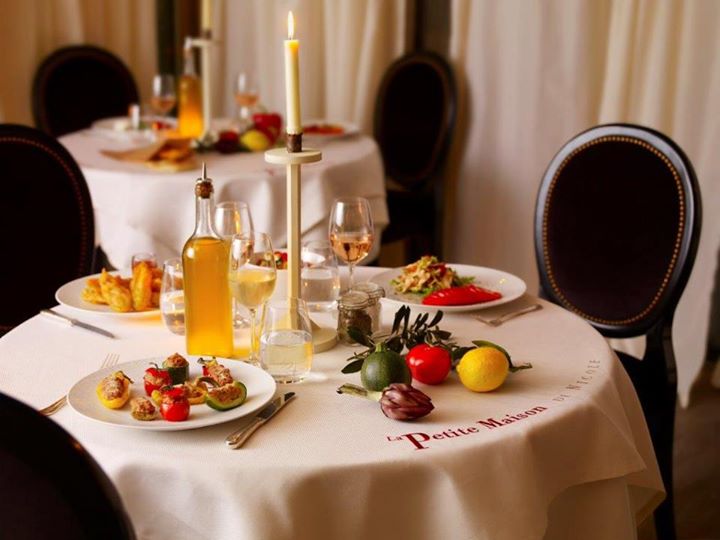
Despite the restaurant’s expansion to Paris, London, Dubai and even Beyruth, at least by its name, the original establishment remains scrupulously authentic and generous to its loyal customers. Adding more worrisome wrinkles to the face of the motherly protective Nicole, this summer another younger step-sister of La Petite Maison was born on the very same street. Unfortunately, she owns only a small percentage of the restaurant, so decisions can be made without her.

La Petite Maison in Nice has become over the years a dining institution for not just local politicians, celebrities and fun-seeking visitors, but its vibrant atmosphere with live music on weekends draws the buzzing ambiance and food-loving crowds from the entire Riviera into its amicable team’s affectionate embrace. Whether people-watching from the refreshing terrace shaded from the street only by a line-up of olive trees or cozying up inside, the spectacle in front of you rolls out a non-mundane carpet with Arabic princesses, film starlets, Riviera socialites and good-looking global jet-setters promenading themselves between the luscious tables.
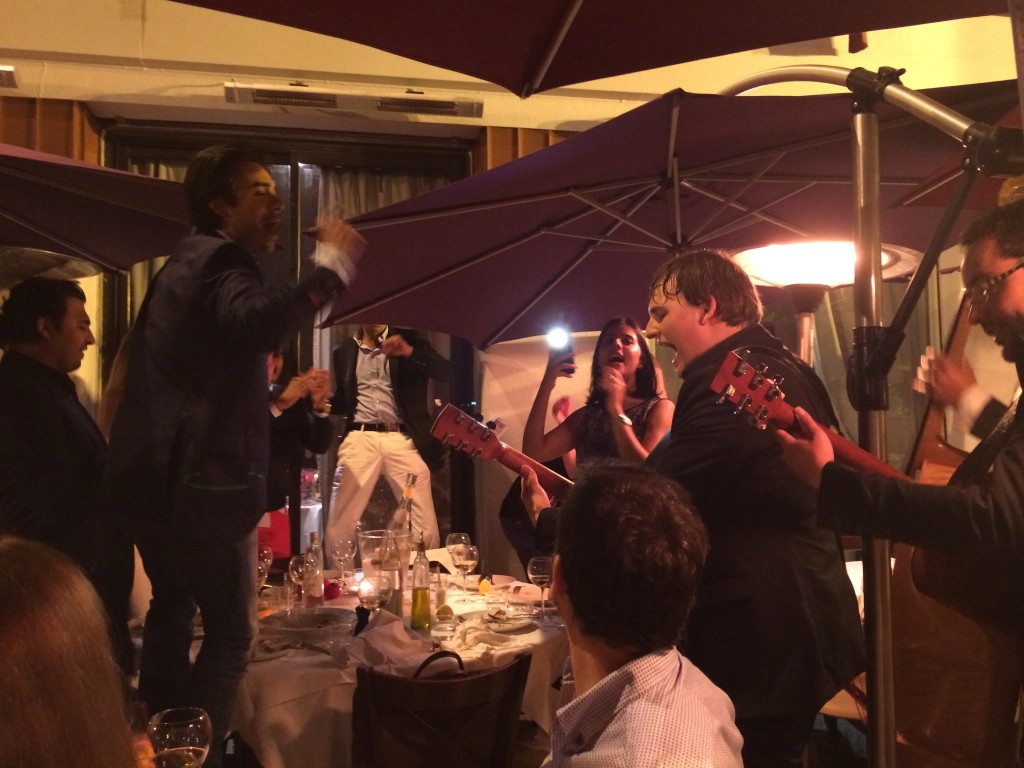
After a fresh start of crisp warm baguette served in a paper pouch as if it just came from your local boulangerie, the best order is a plate of starters à La Petite Maison. Le petits Farcis, ultra-creamy burrata, onion and anchovy clad pissaladiere (kind of Southern French pizza) and fried courgette flowers when in season are all fun to taste in their full force particularly here, since cheating is not part of ‘the game of plates’ served at La Petite Maison. These typically Southern-French staples will set your appetite for a feast that is about to come.
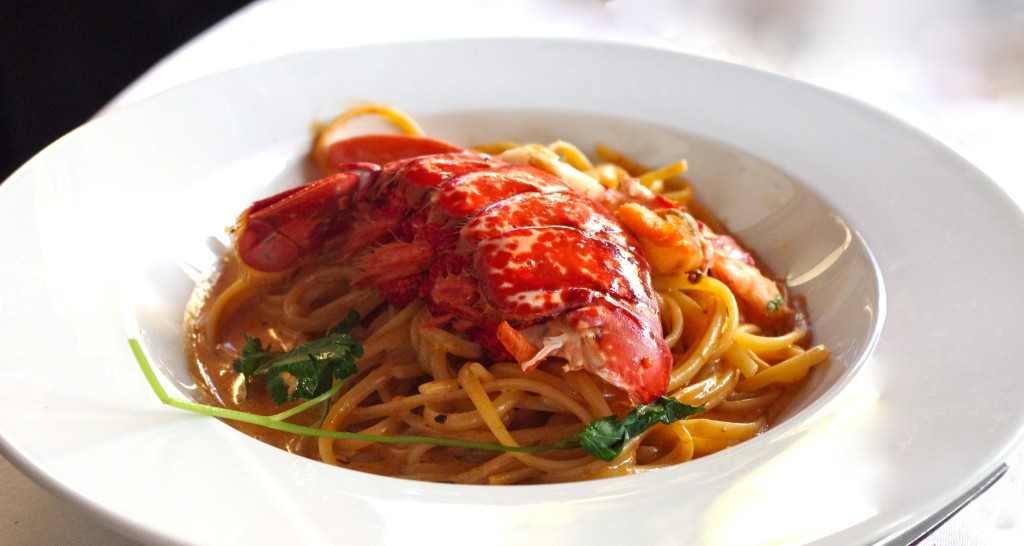
With wine poured generously, luxuriating with prevailingly French and Italian selections, the jolly diners can dive their forks into fresh Mediterranean staples like fish, seafood, succulent tomato sauces, home-made basil pesto poured over a plate of pasta, but also some meaty chunks from the nearby pastures. The lobster served with homemade pasta is one of the popular signature dishes as is the seabass served with roasted seasonal vegetables such as artichoke and/or mushrooms.
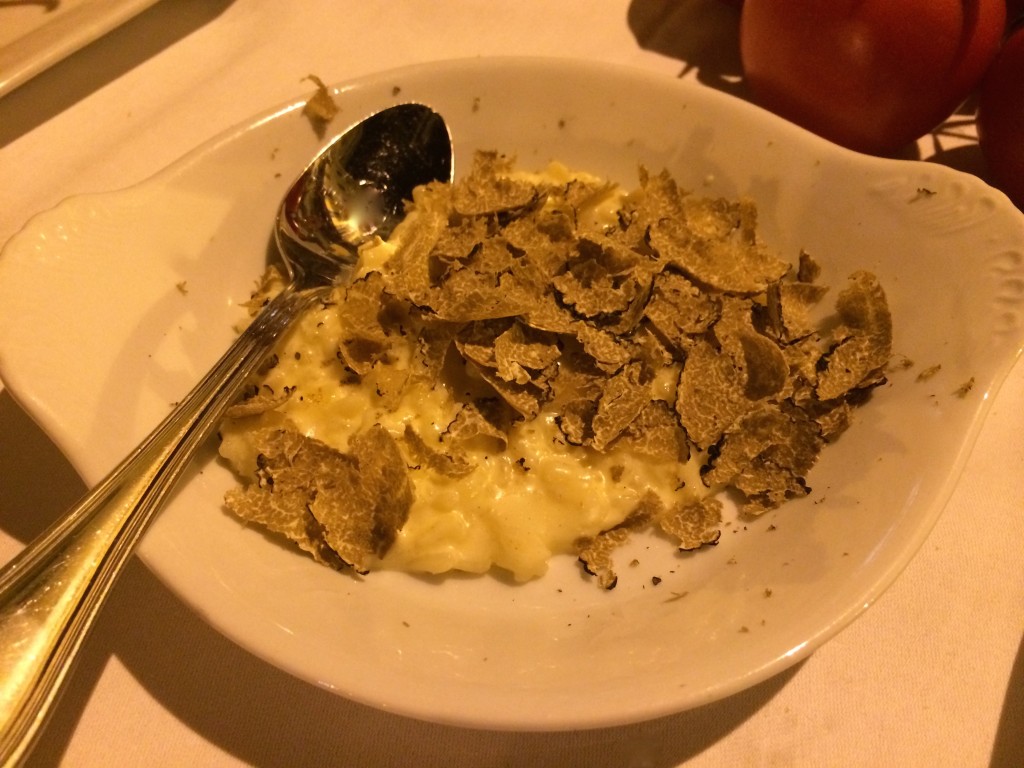
Your smiling waiter may surprise you with a plate of risotto generously sprinkled with truffles, just as an apology for waiting too long for the second (or third) bottle of wine. This is what I call ‘customer comes first’ approach! The waiters dance briskly between the table trying to satisfy your ever whim, just ask them to dance on your table and they will be happy to jump up and get the party going. That everything goes smoothly without fights is ensured by the presence of the restaurant’s tough owner Nicole Rubi, who has became legendary for her warrior attitude. She is not afraid to show any villain her fist and get him/her out of there! La Petite Maison is to me like a local theatre of society with life music, characters and plot set around great food.


